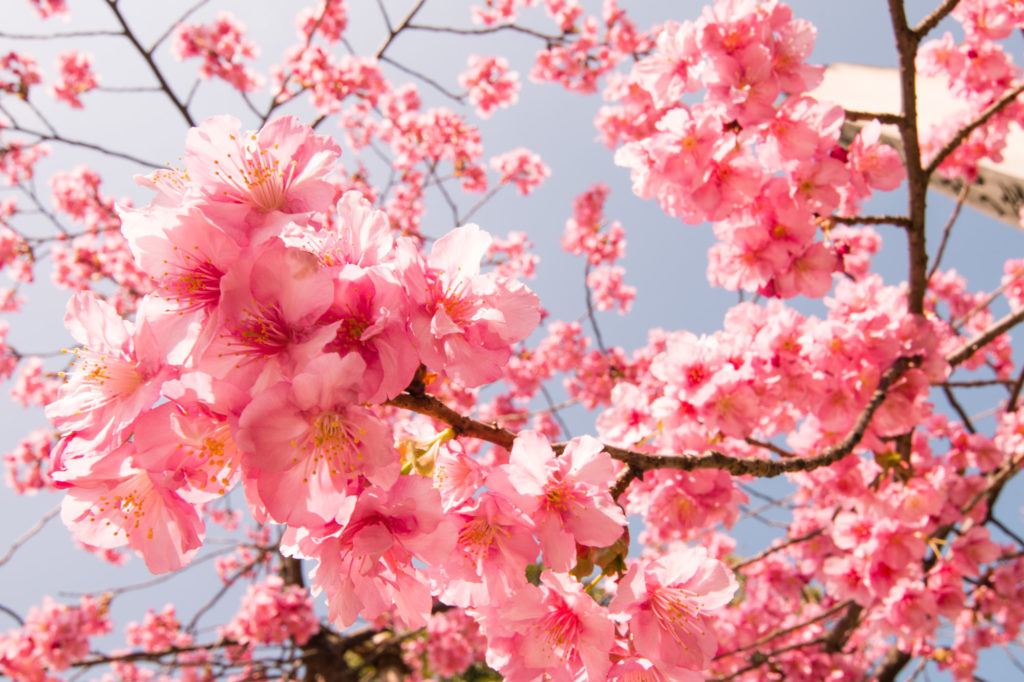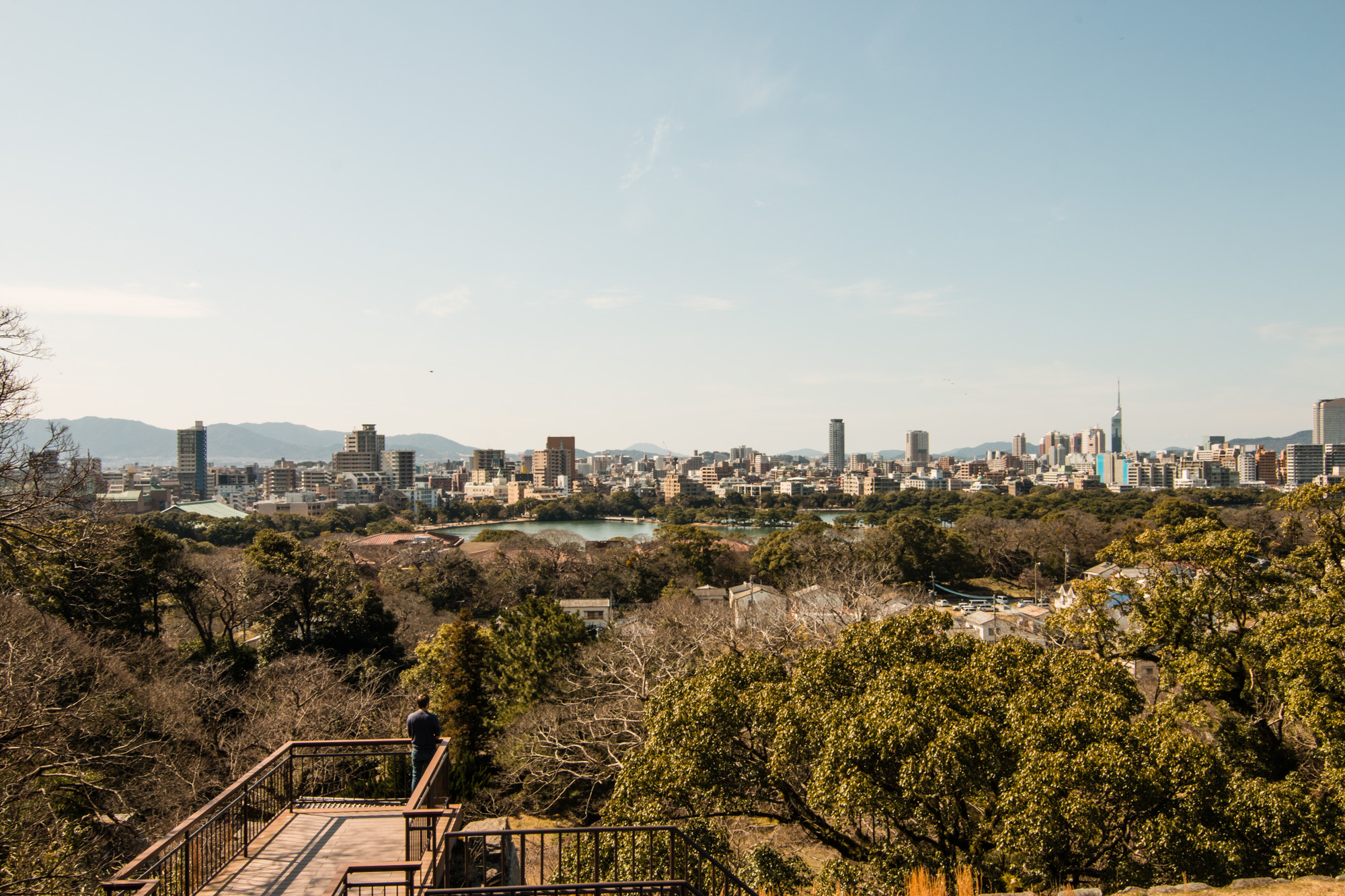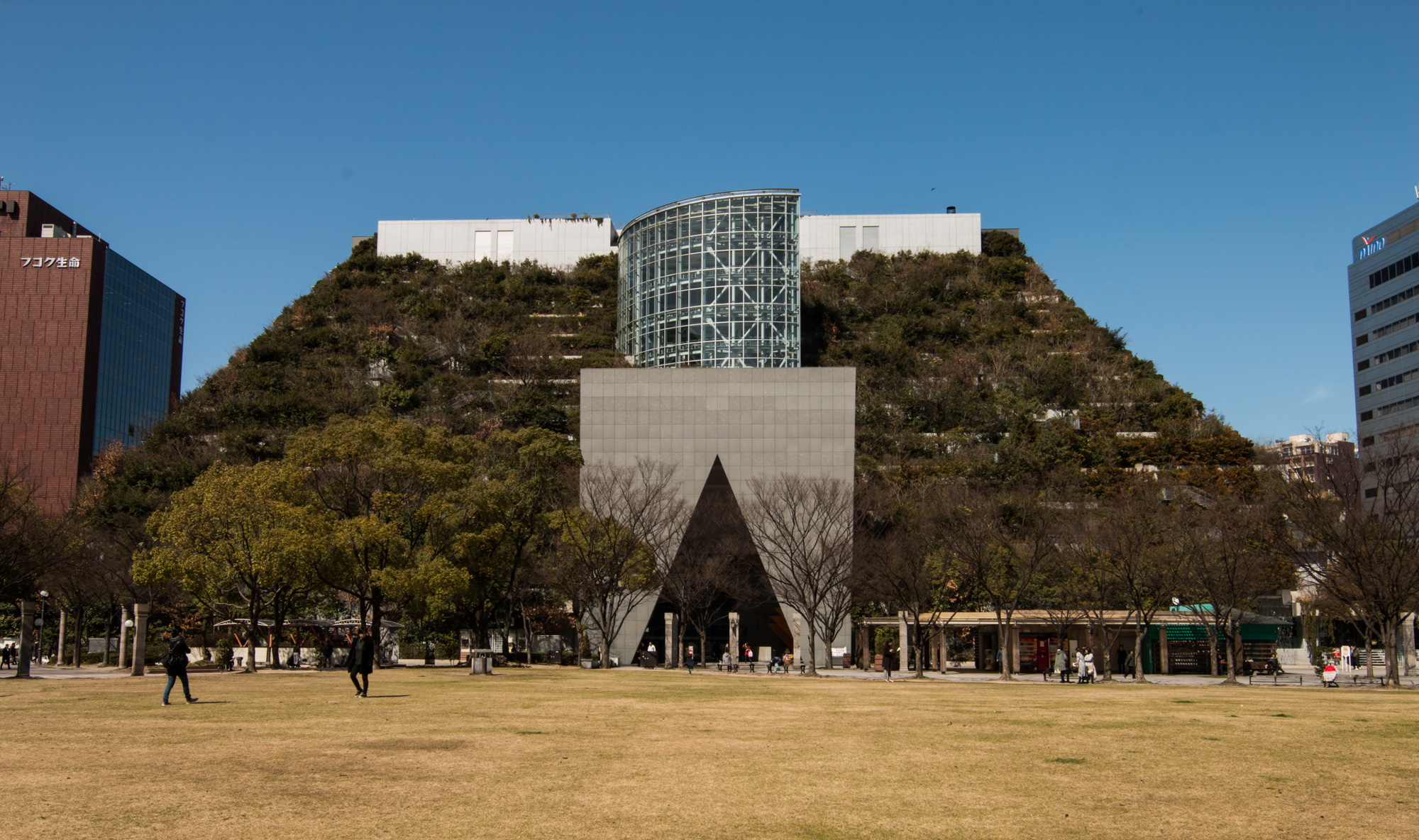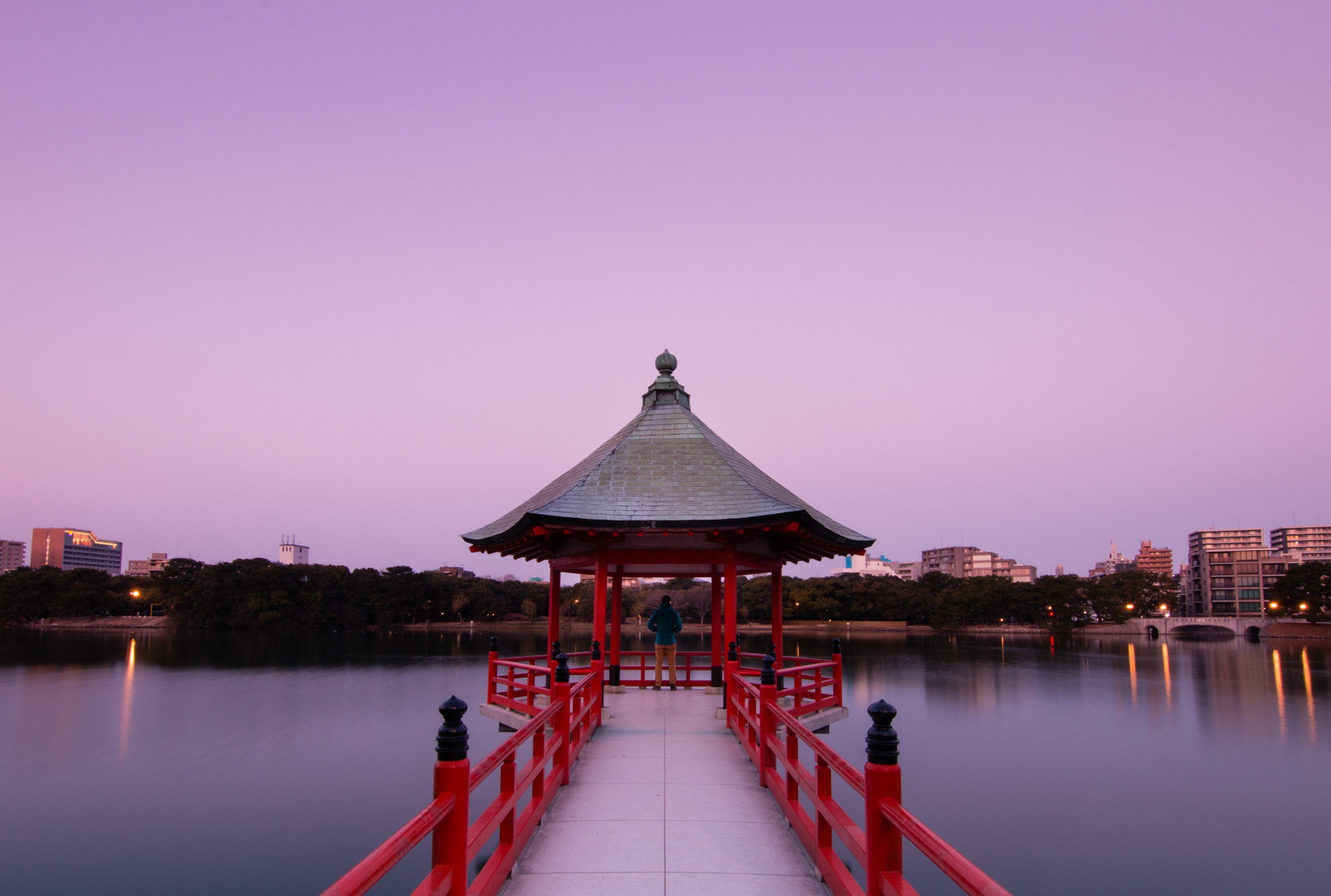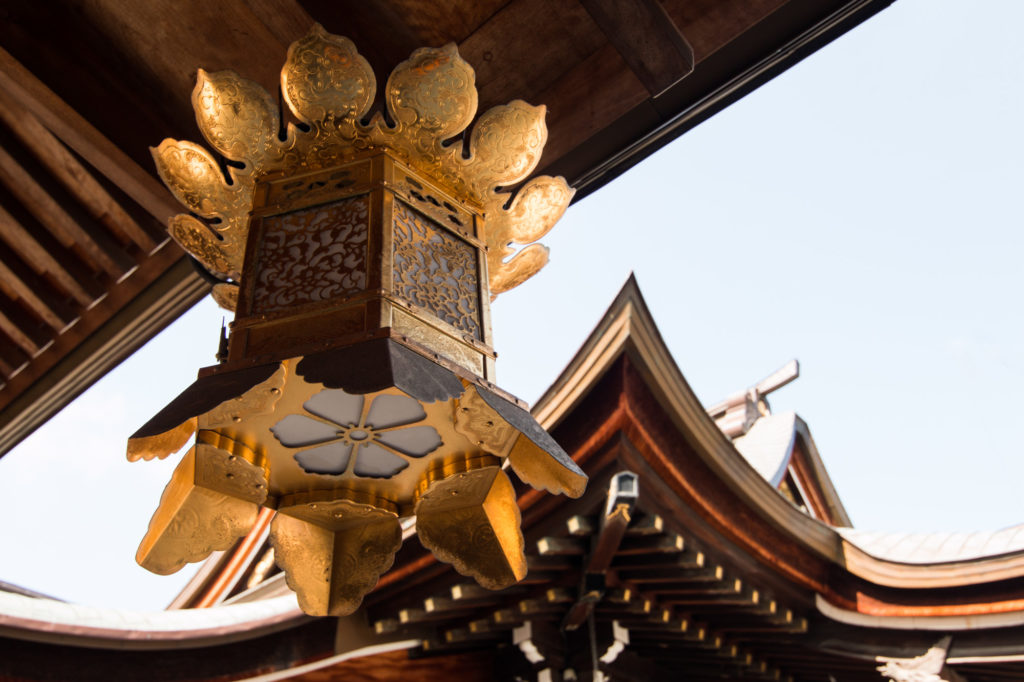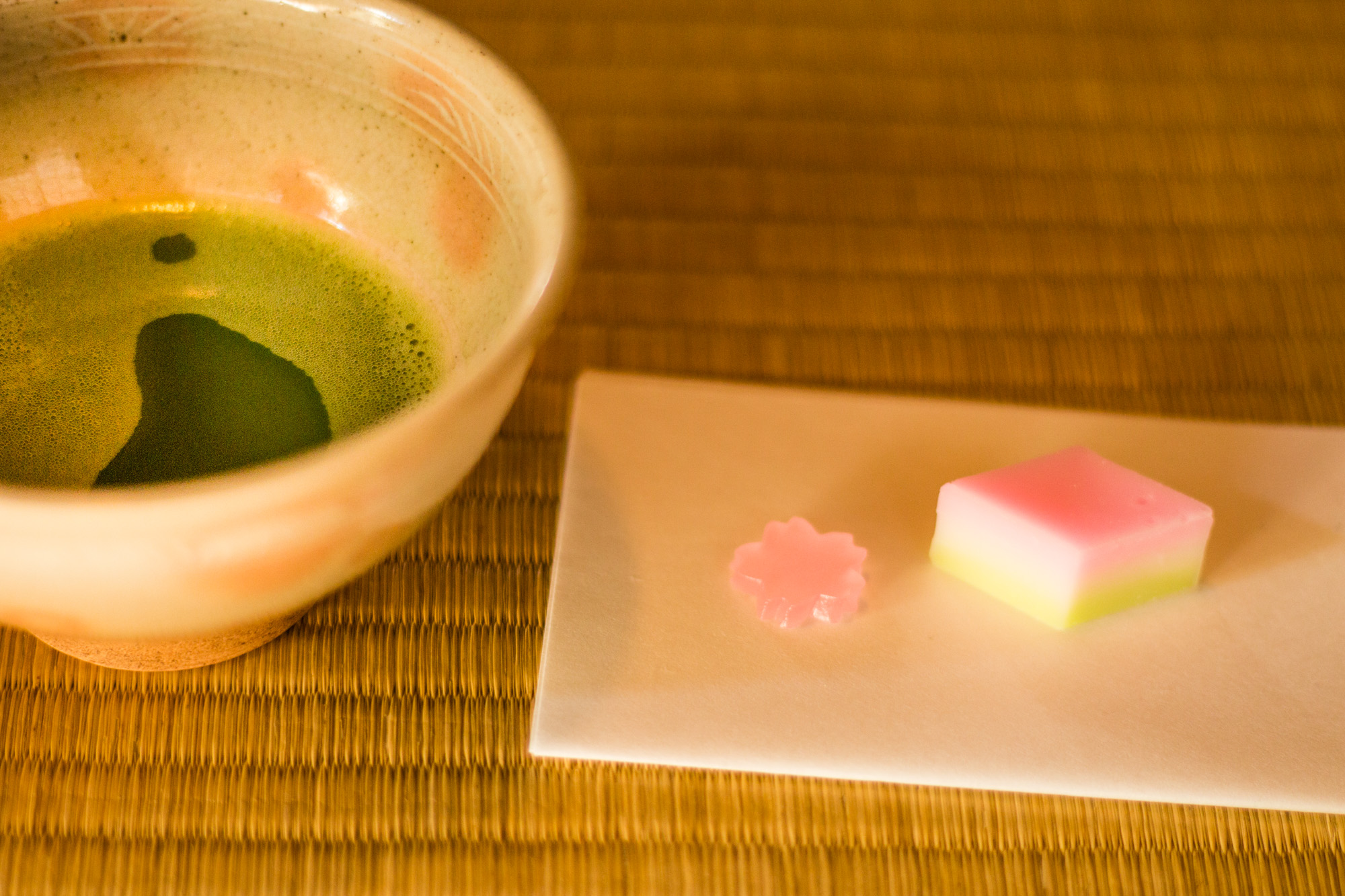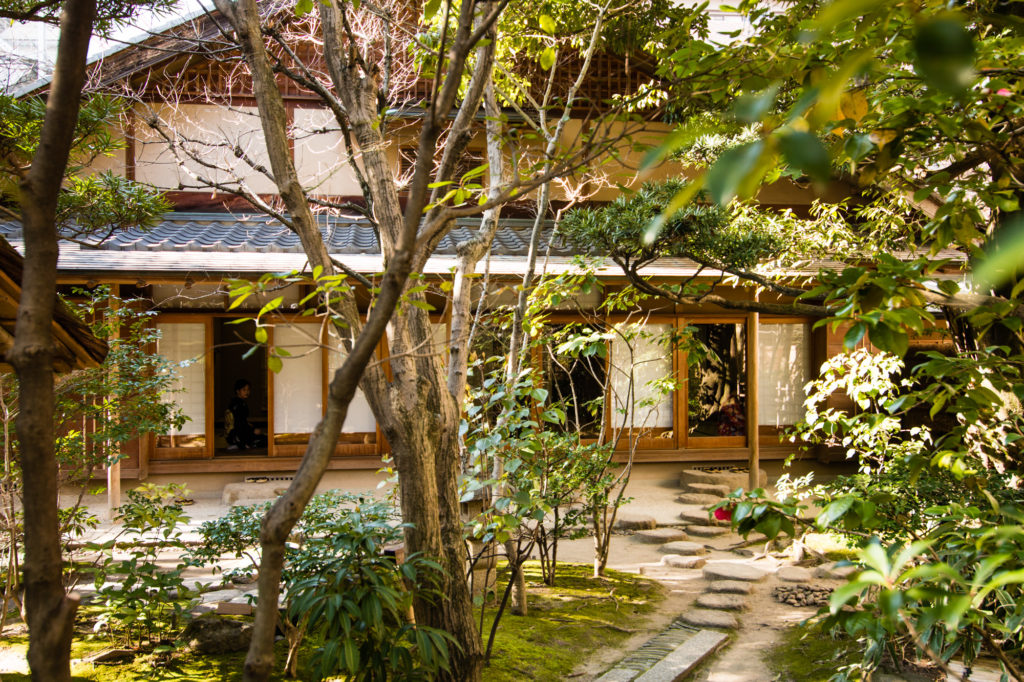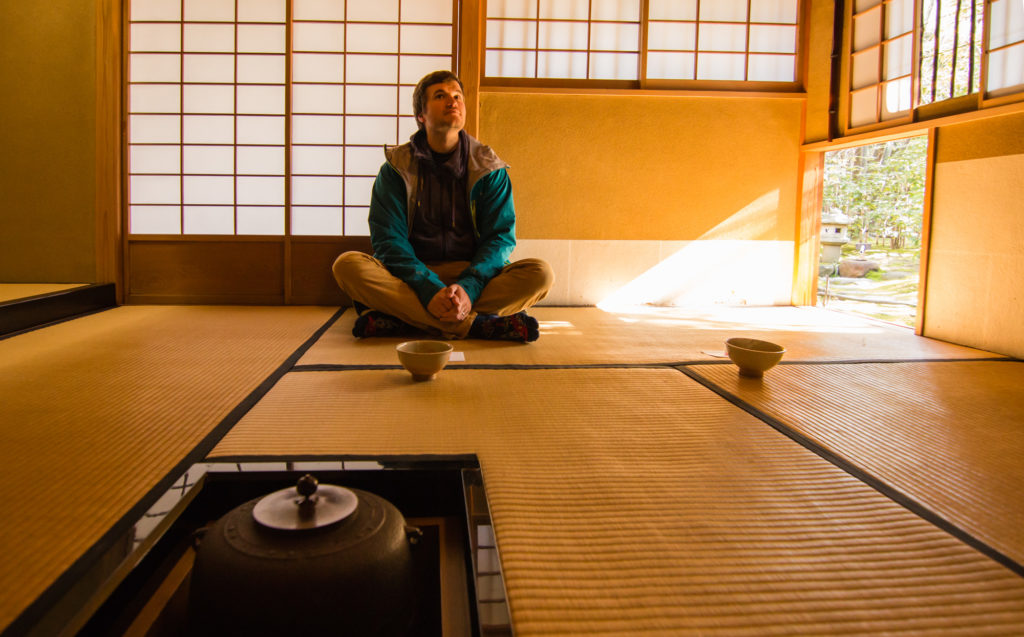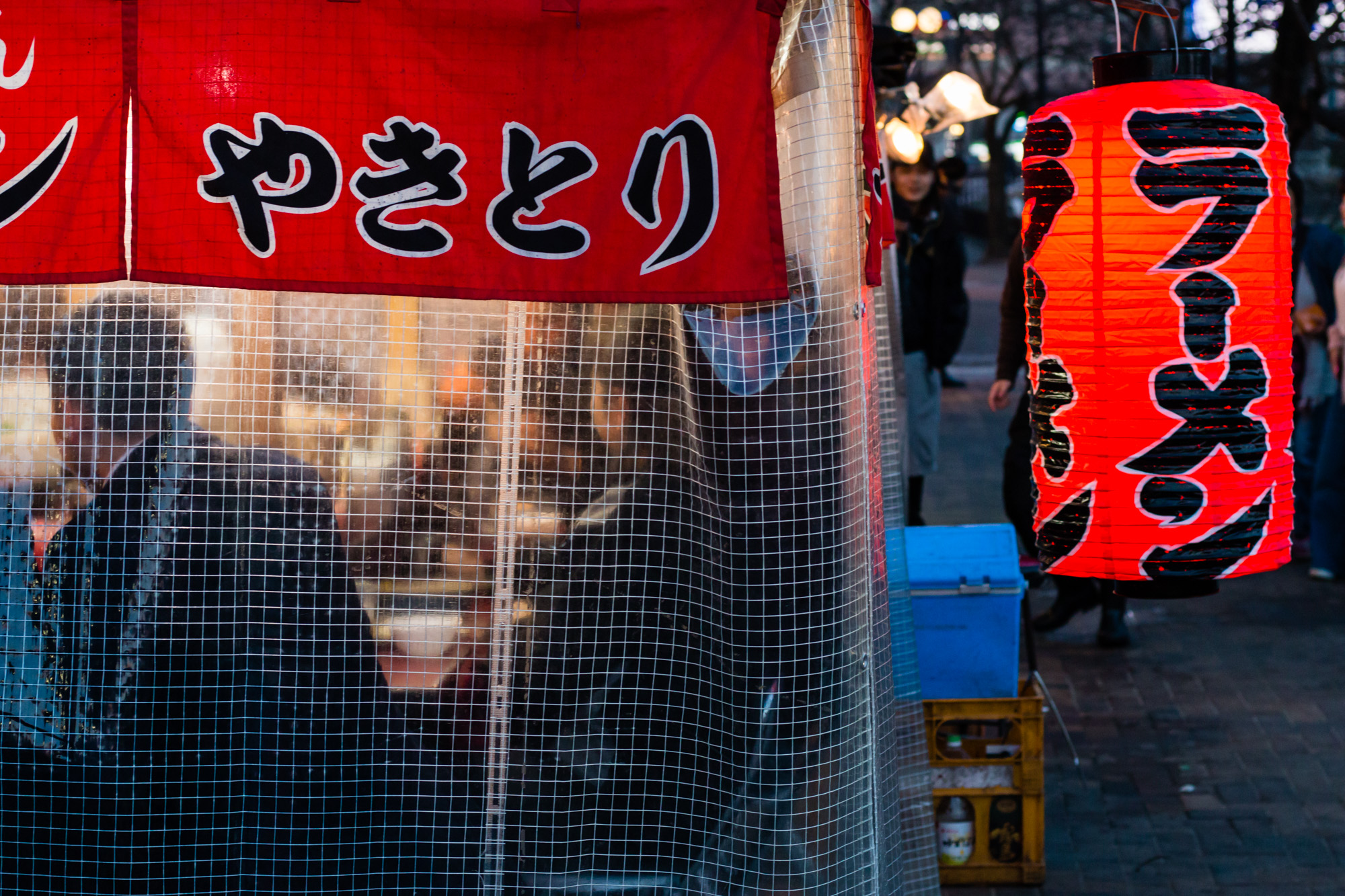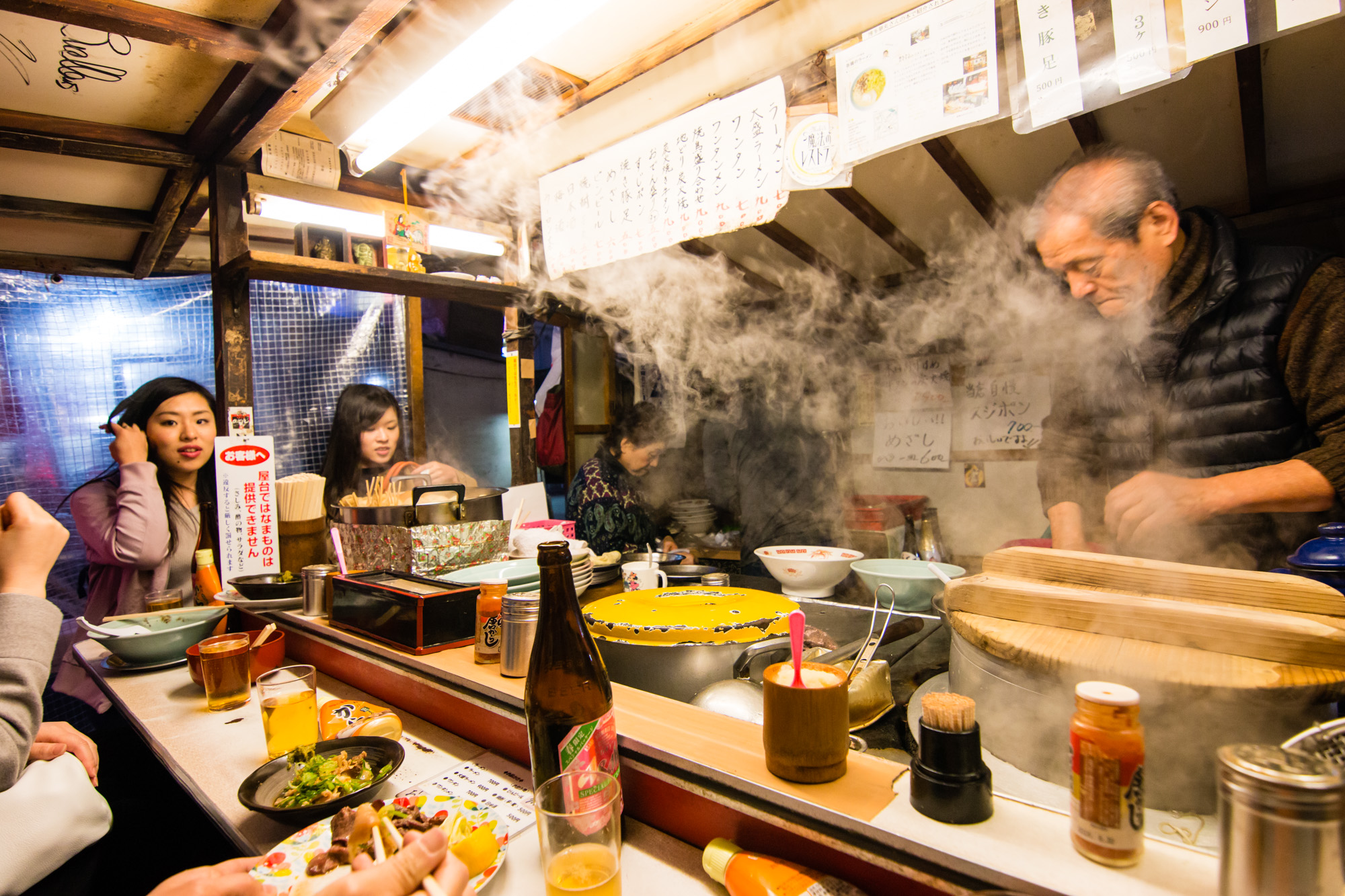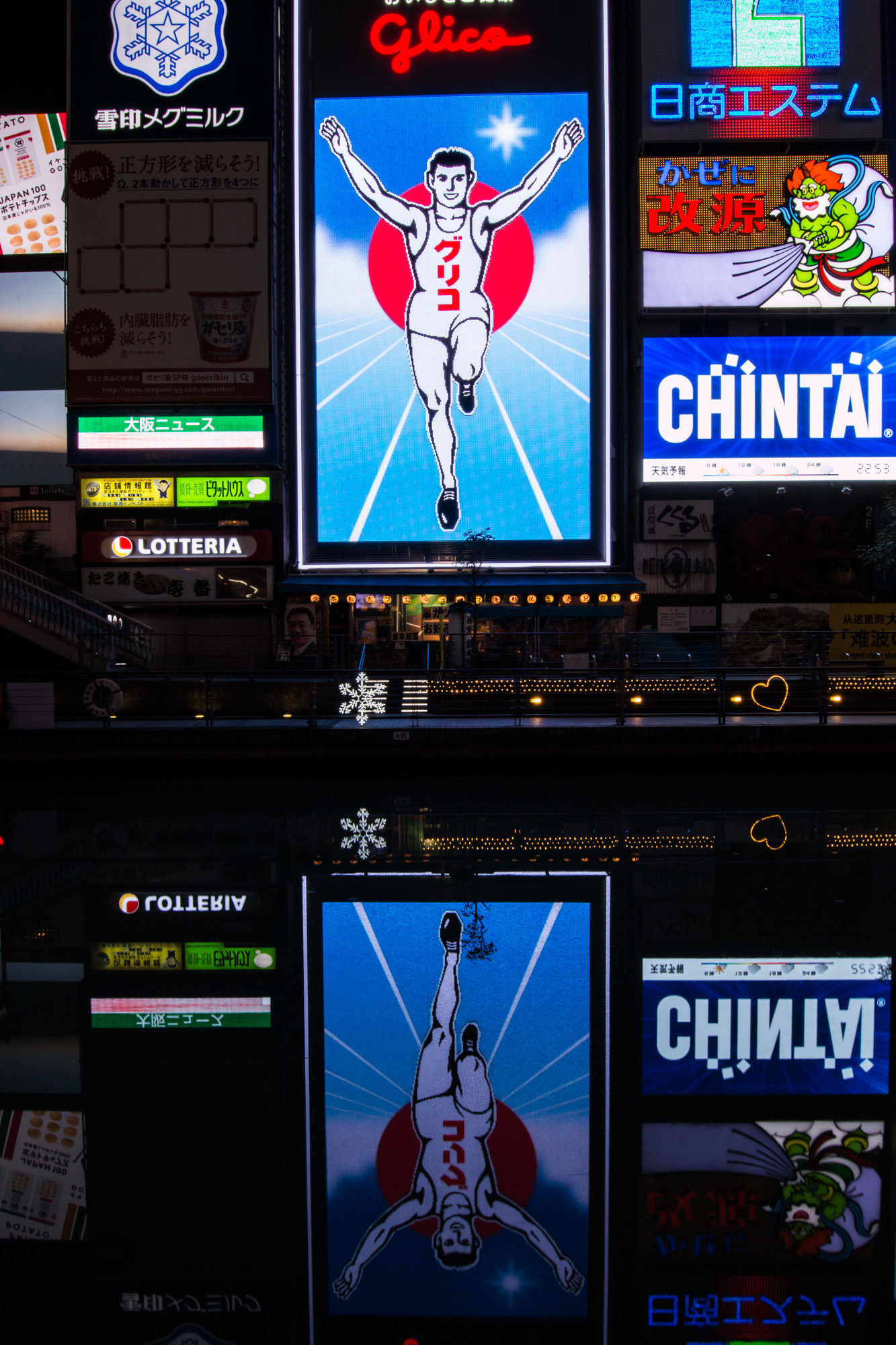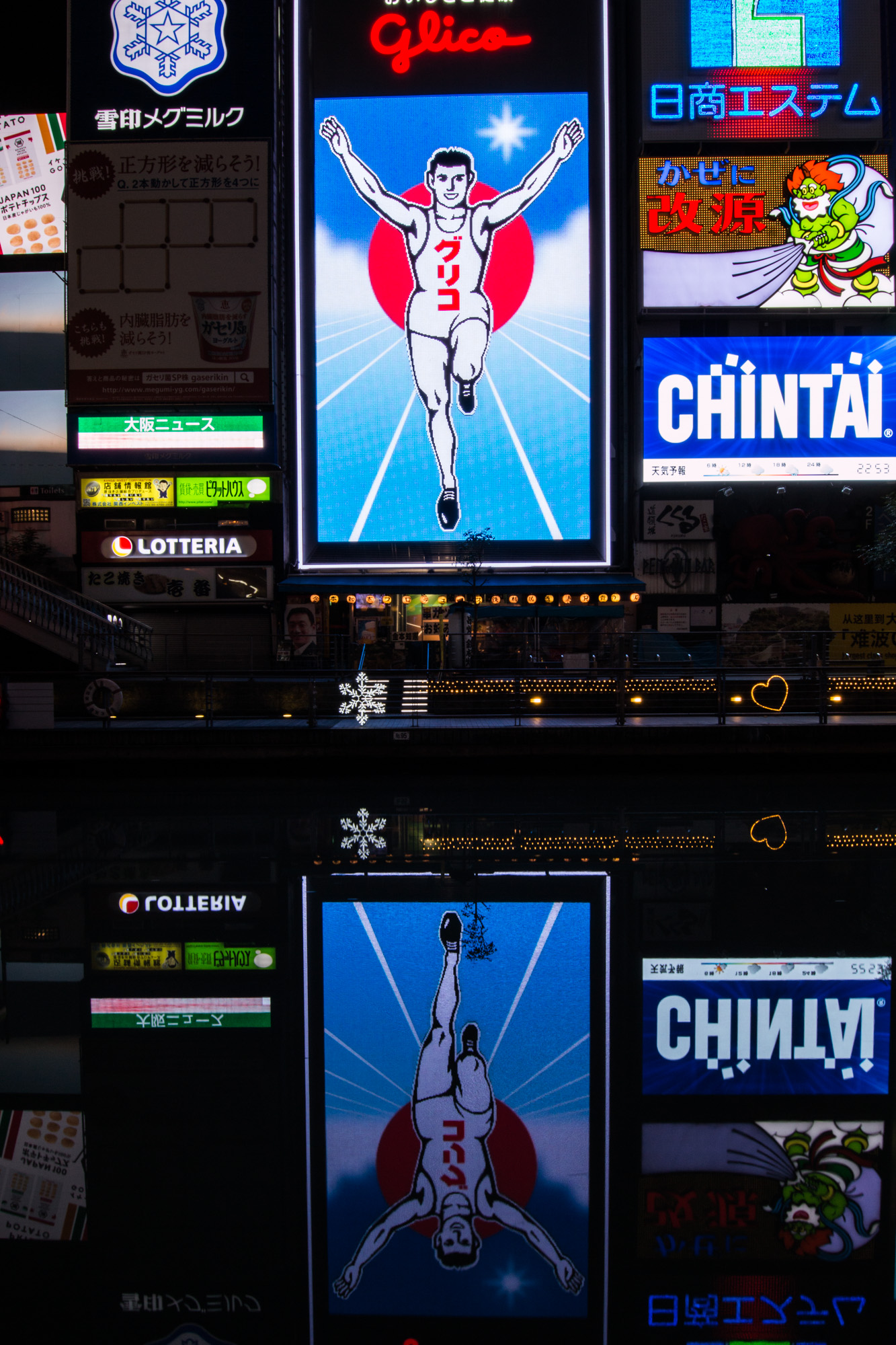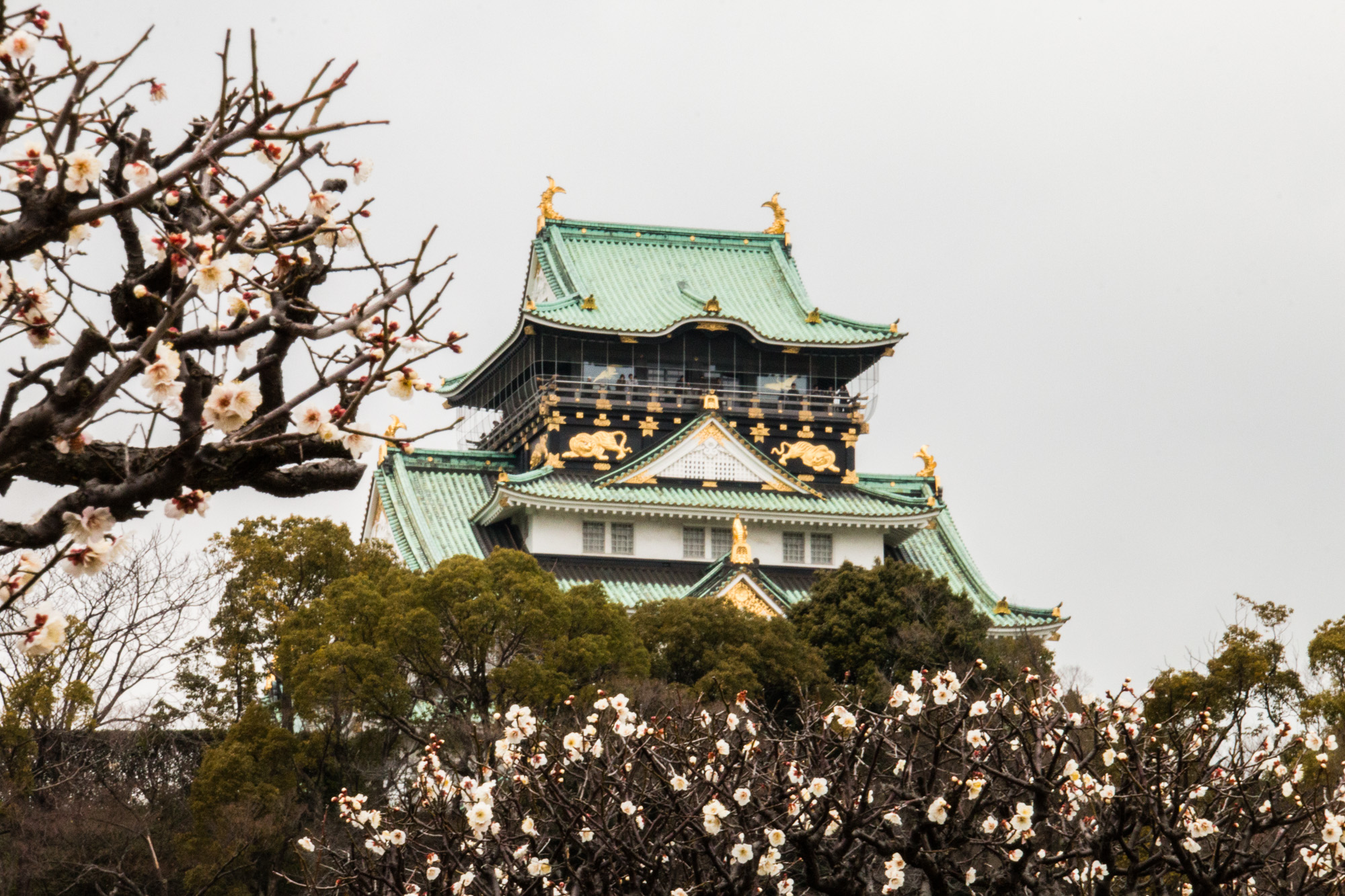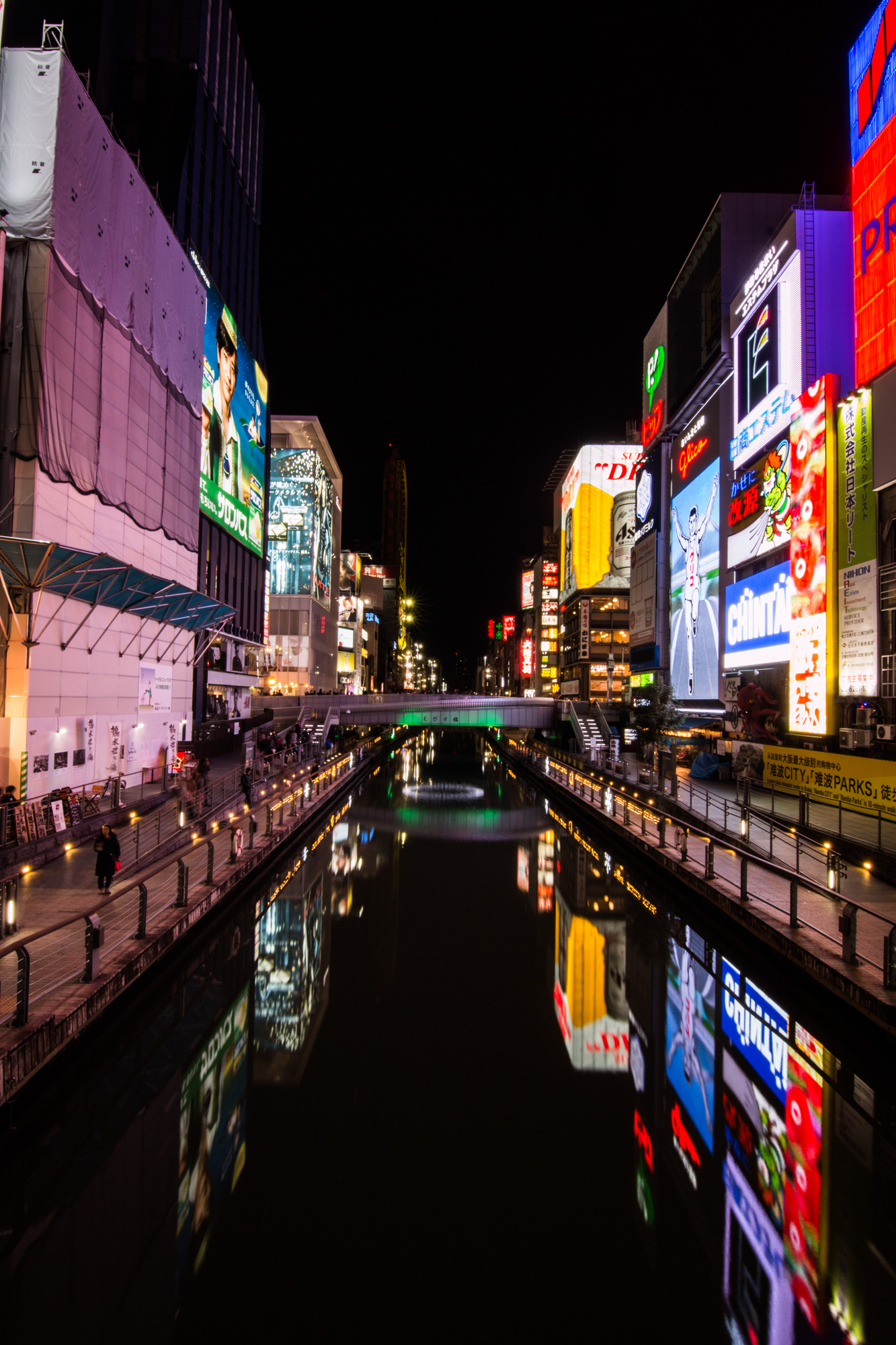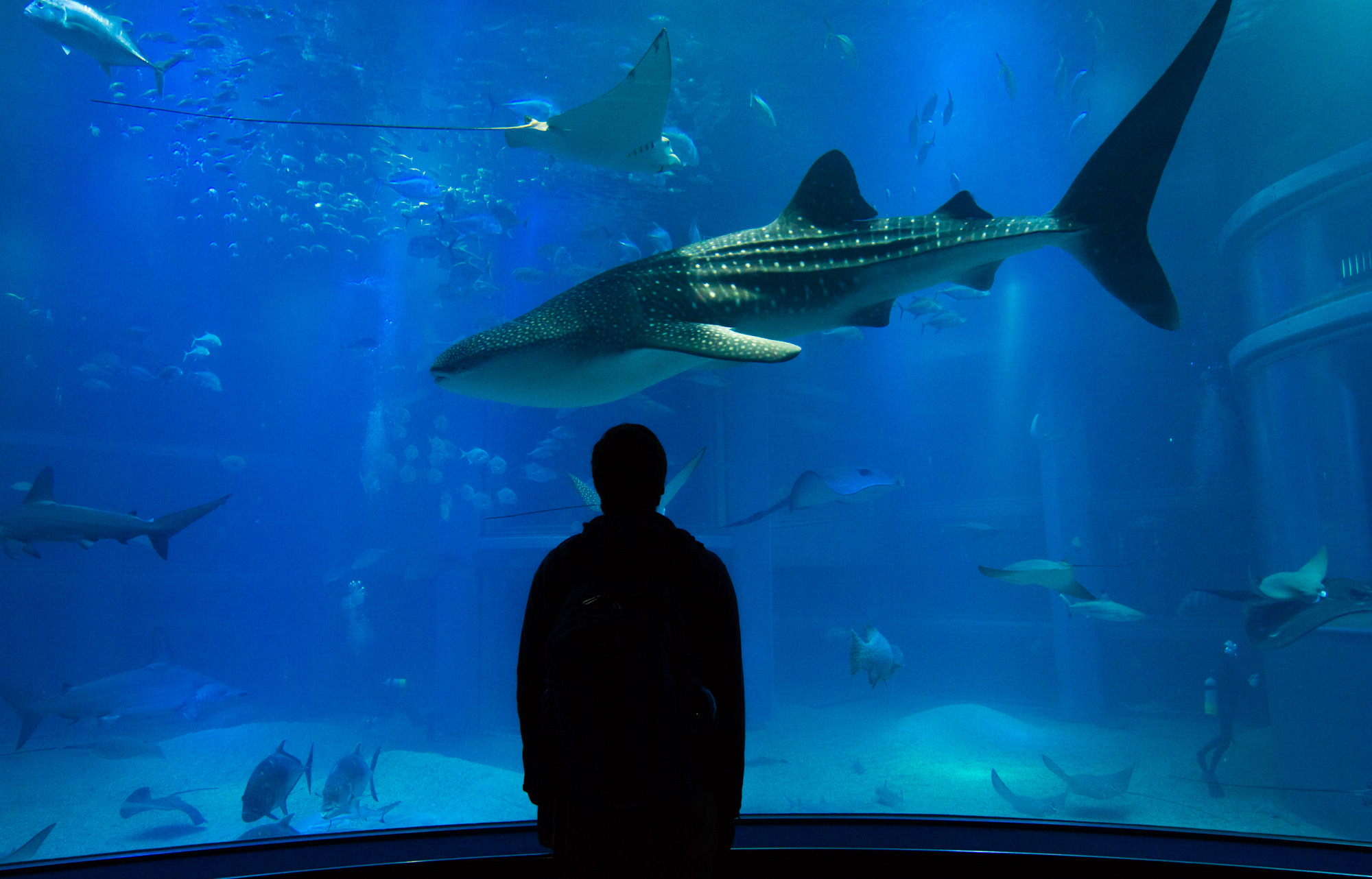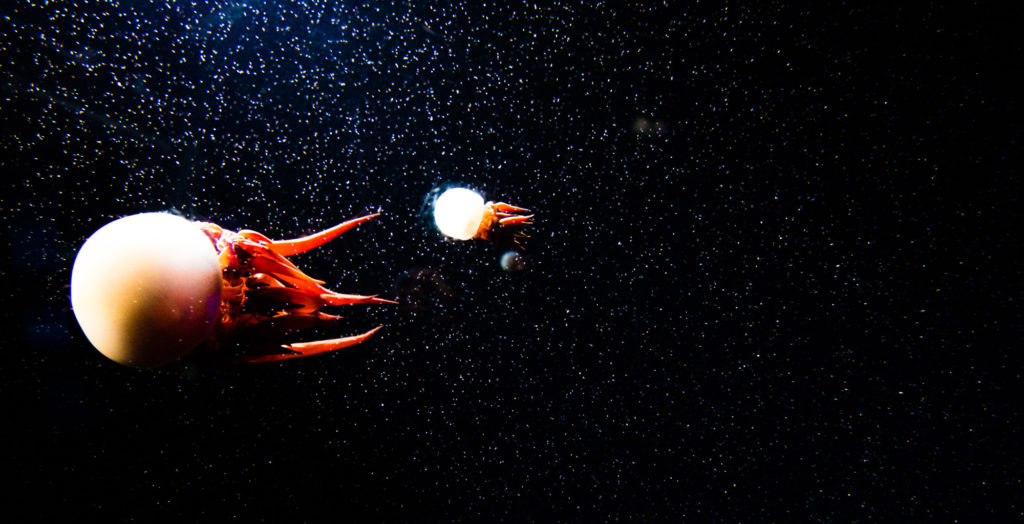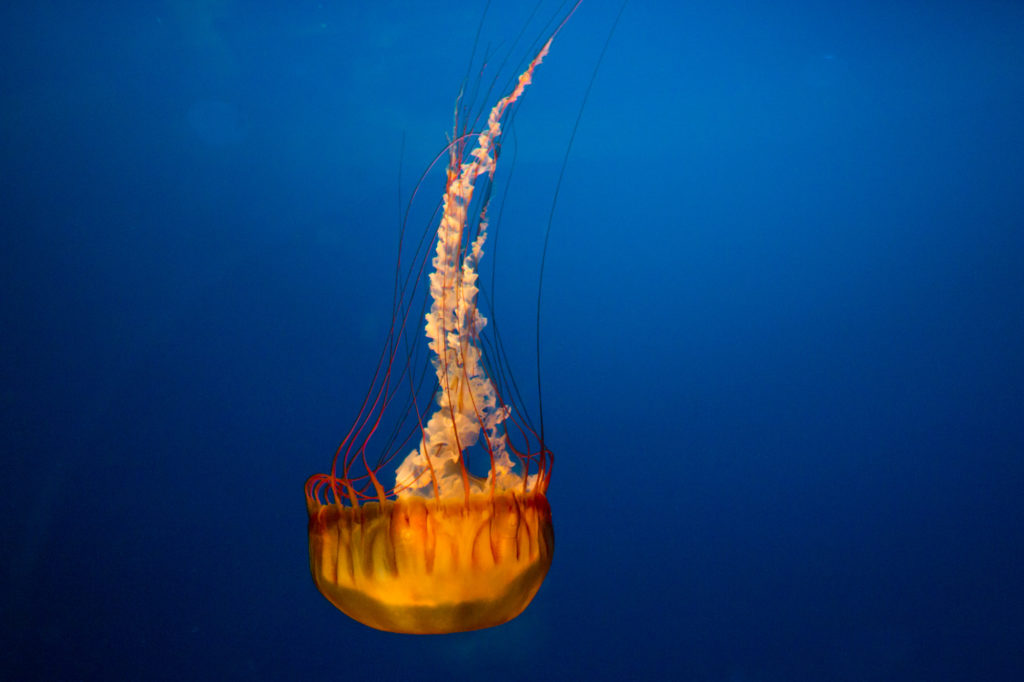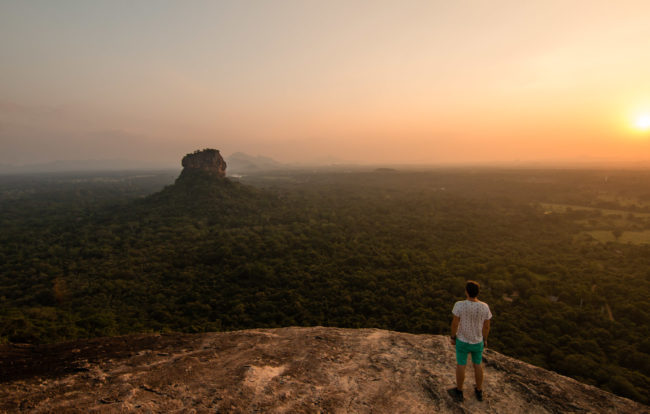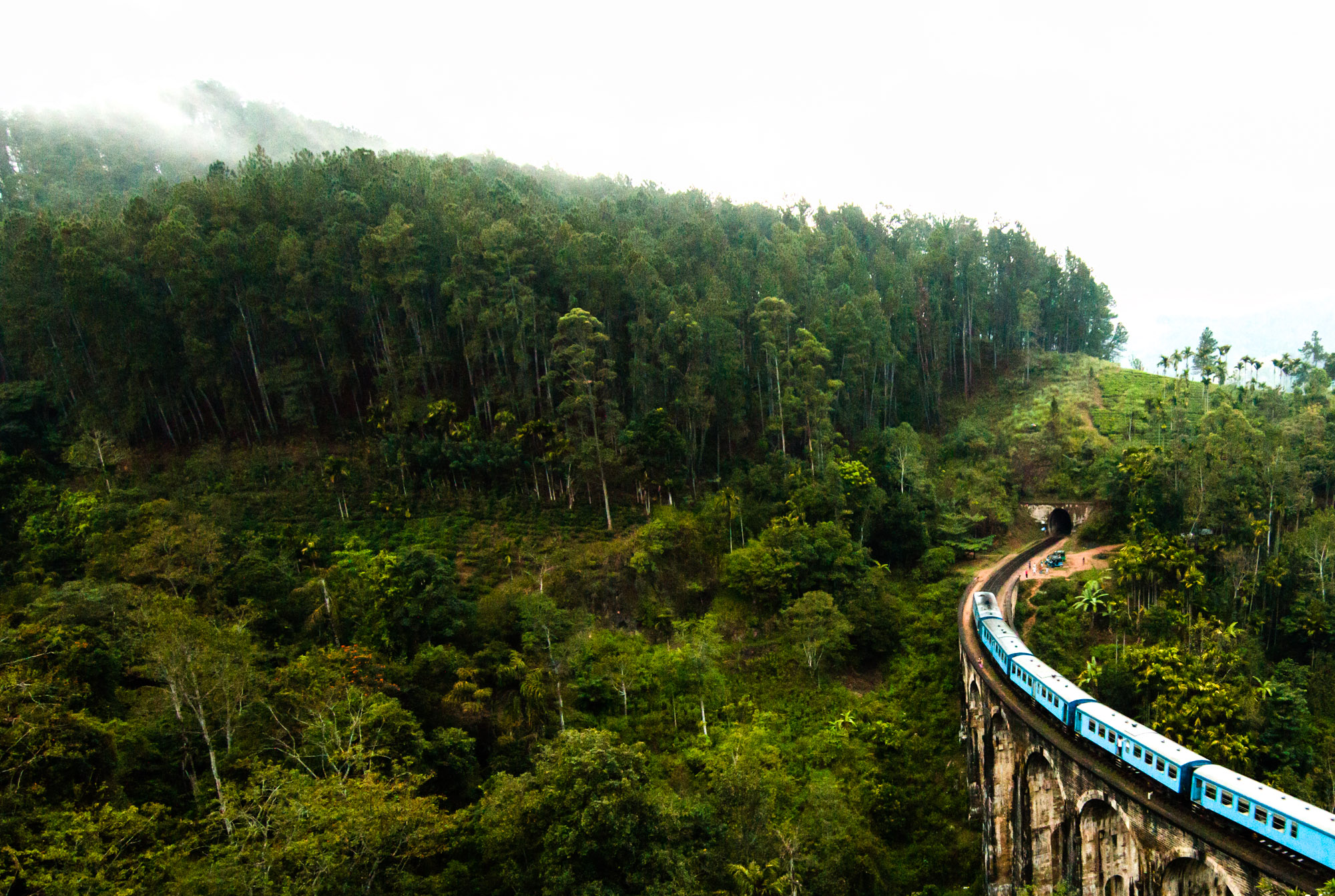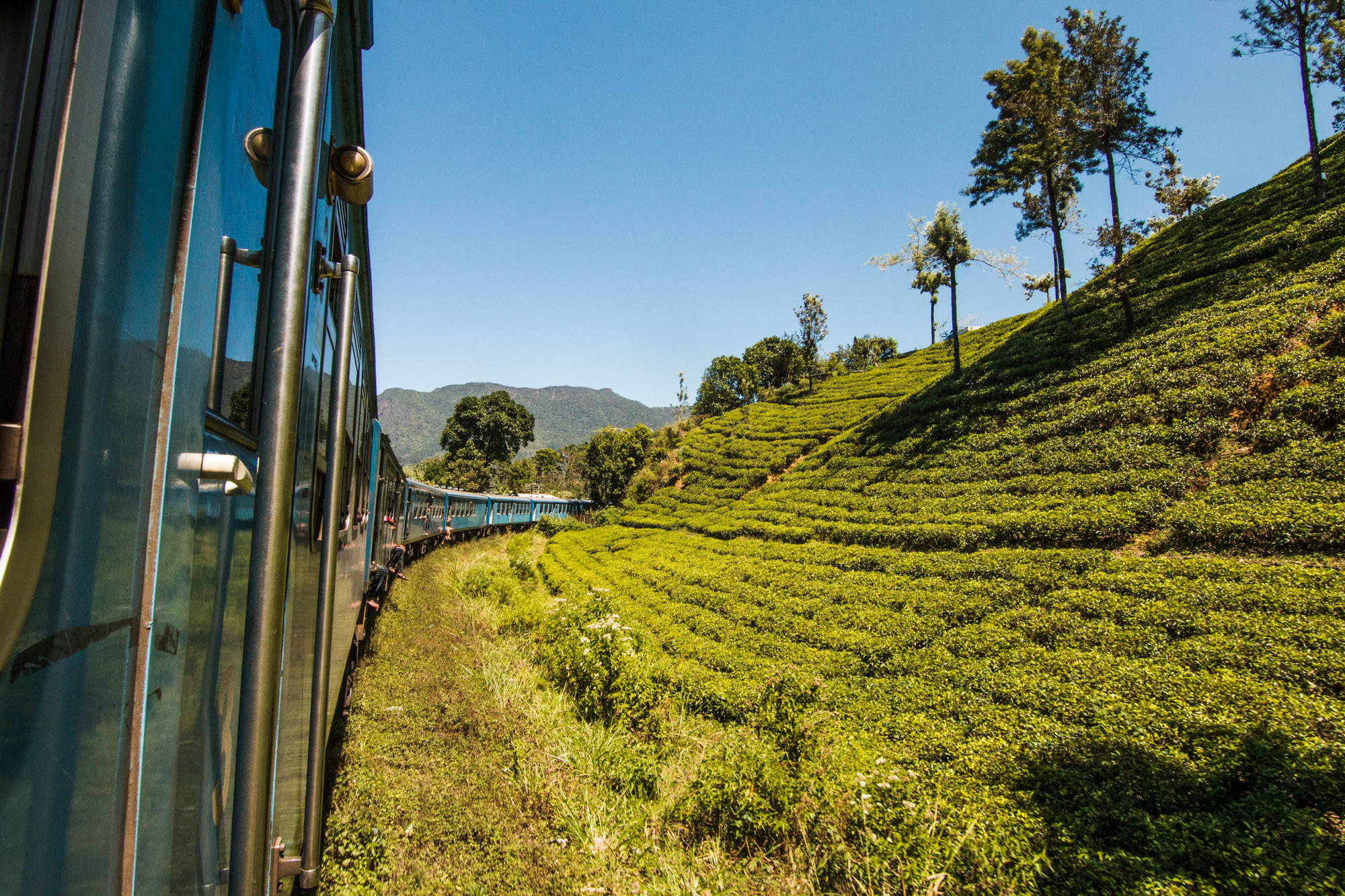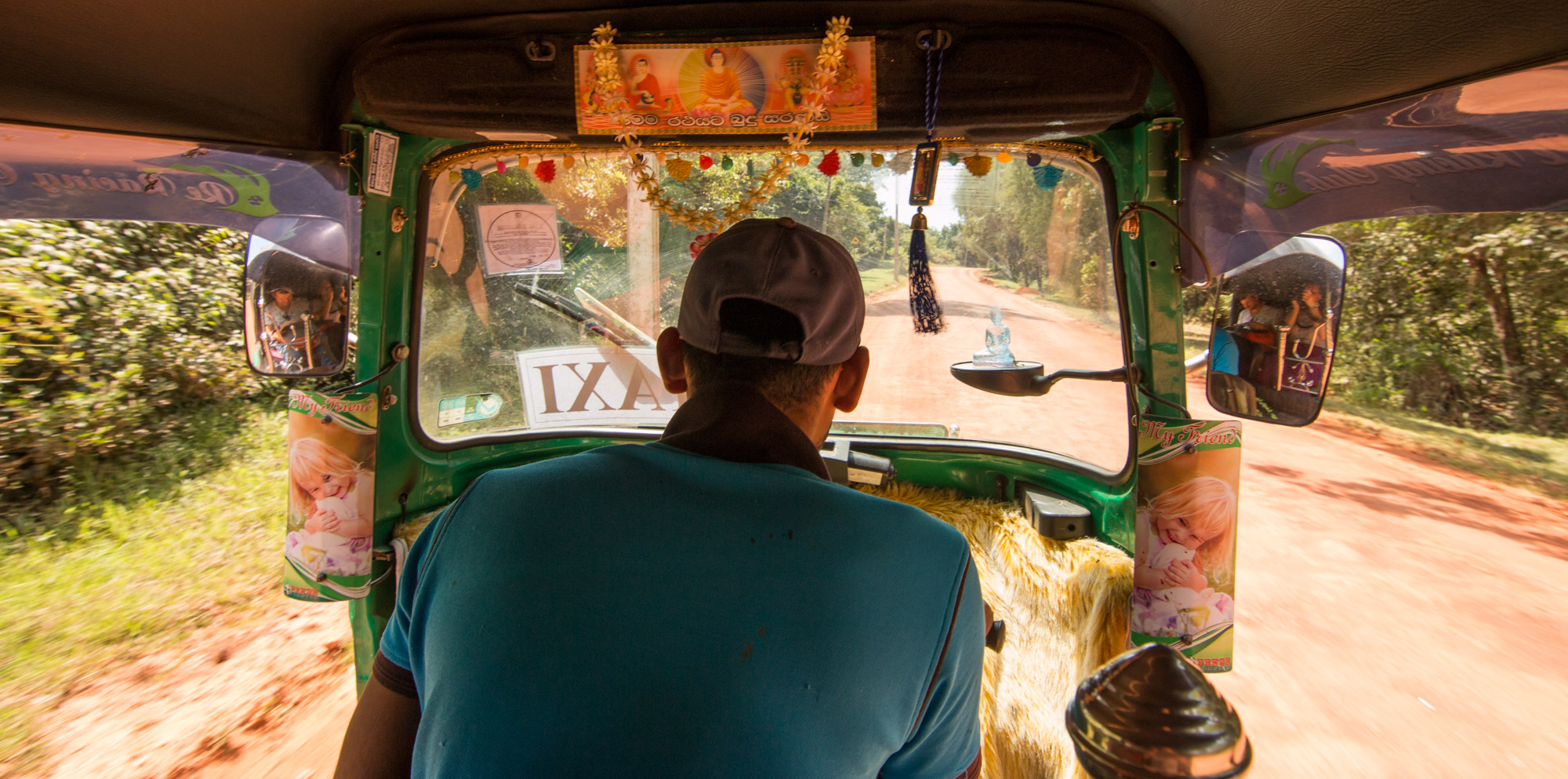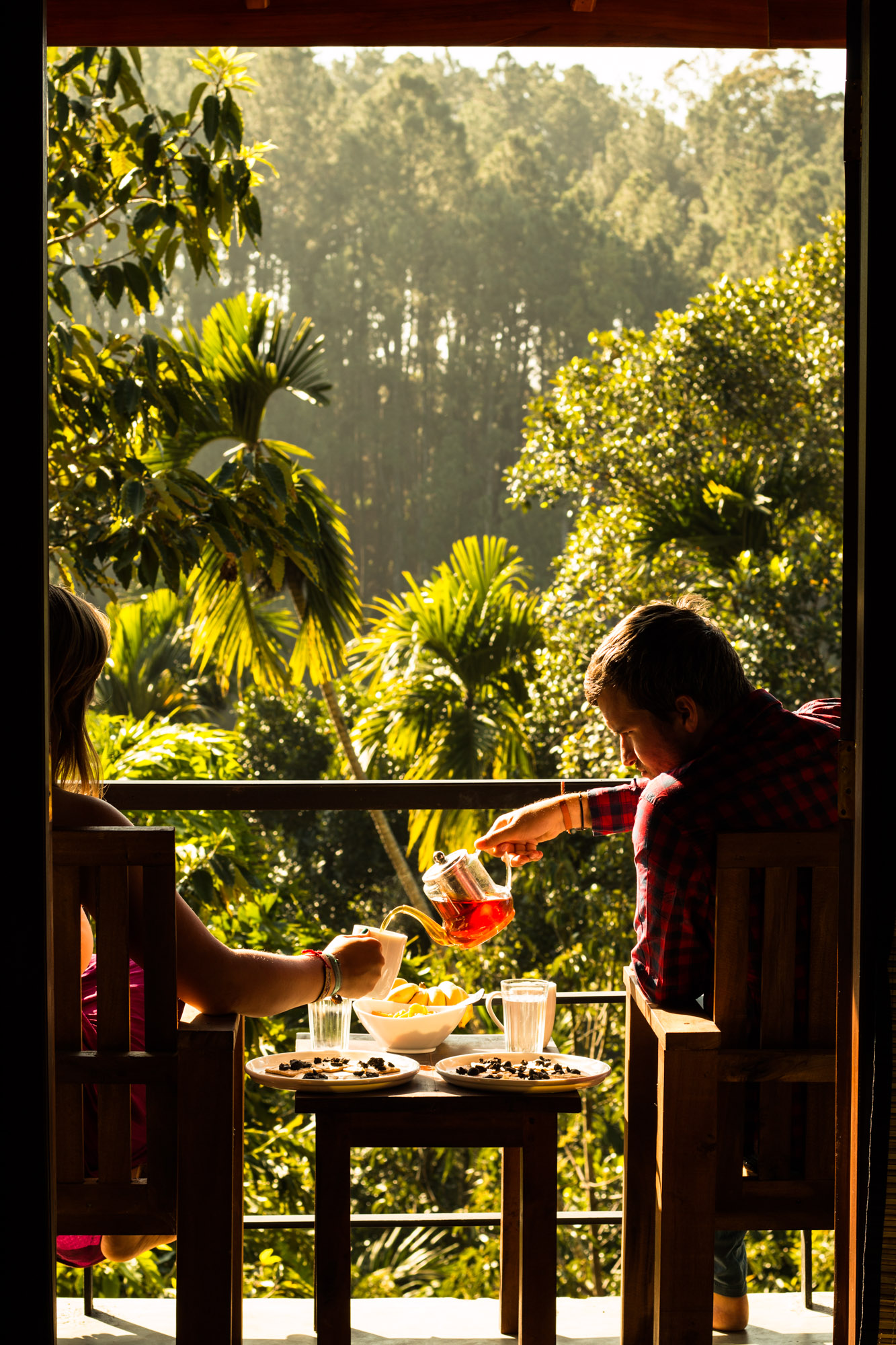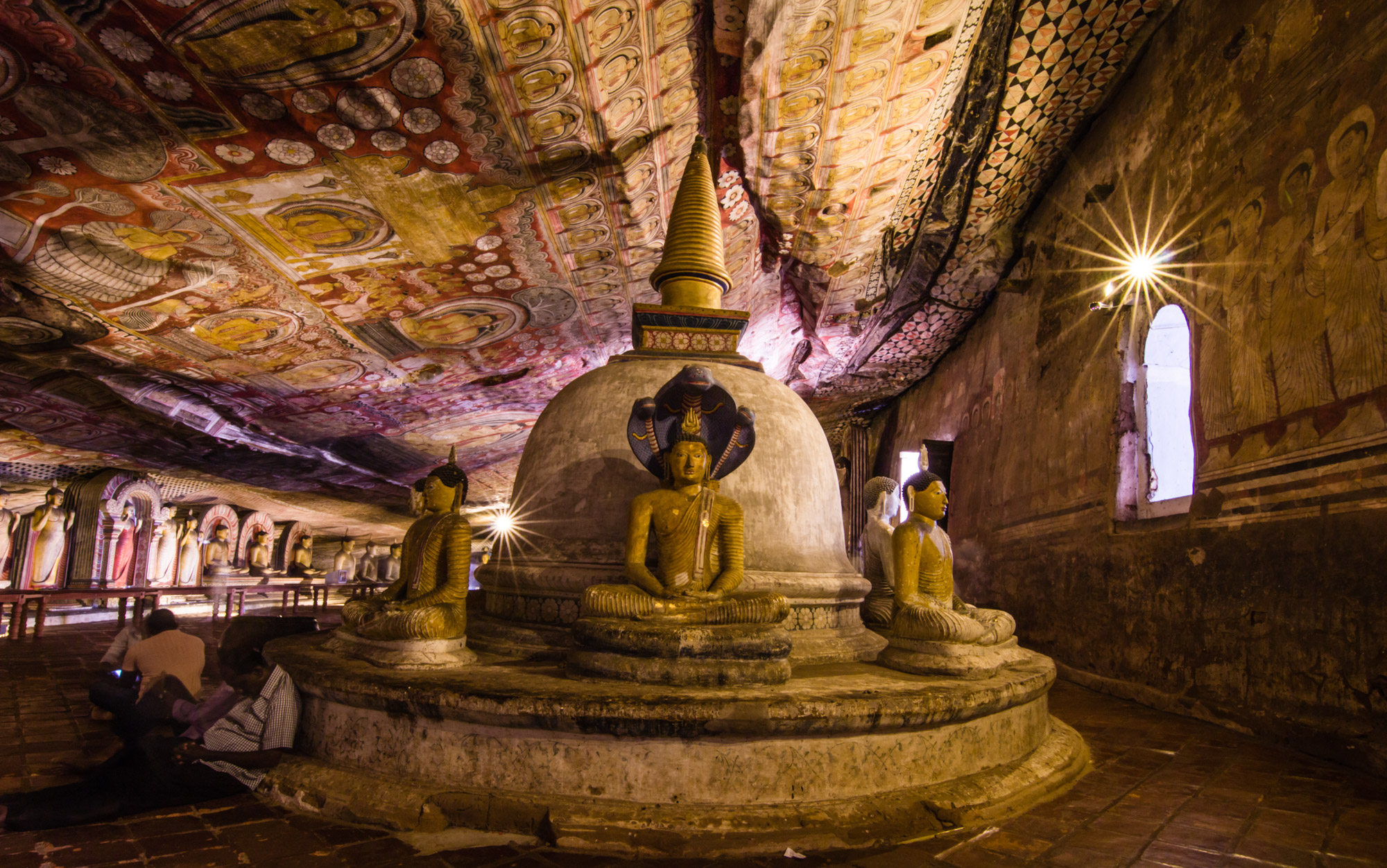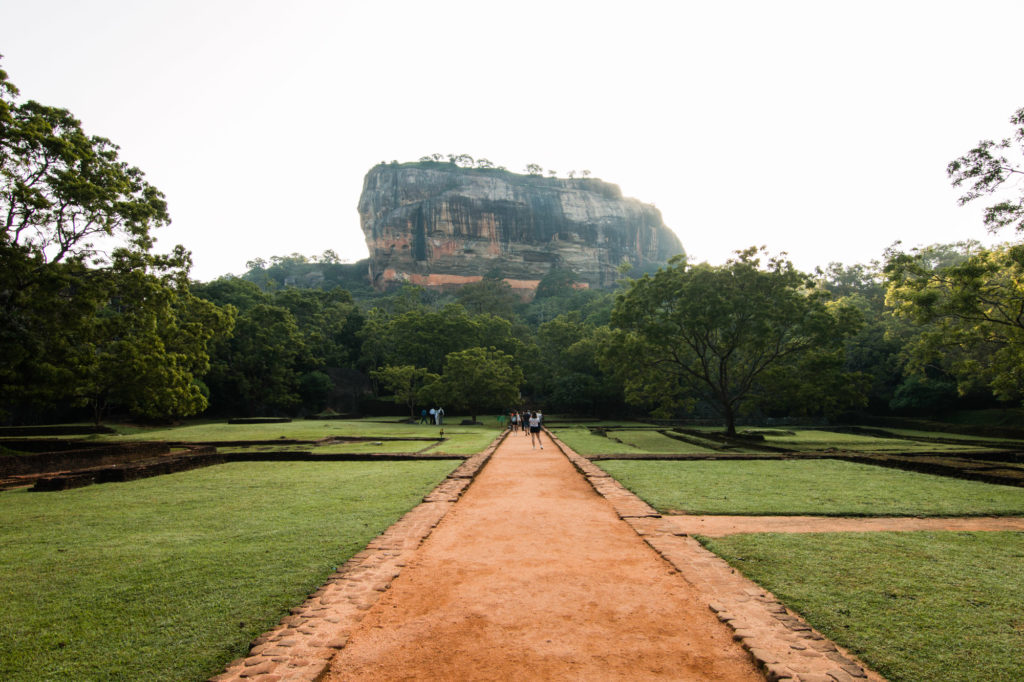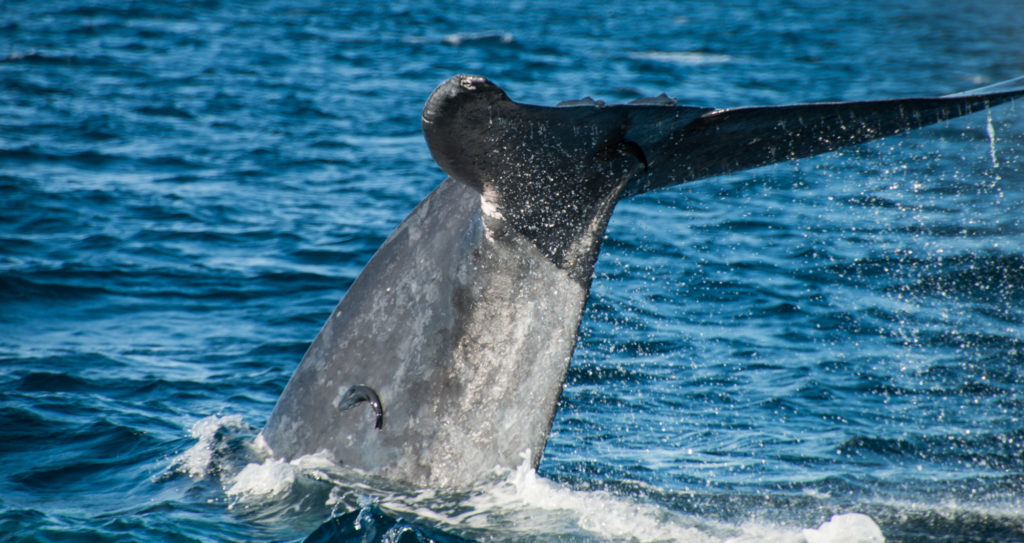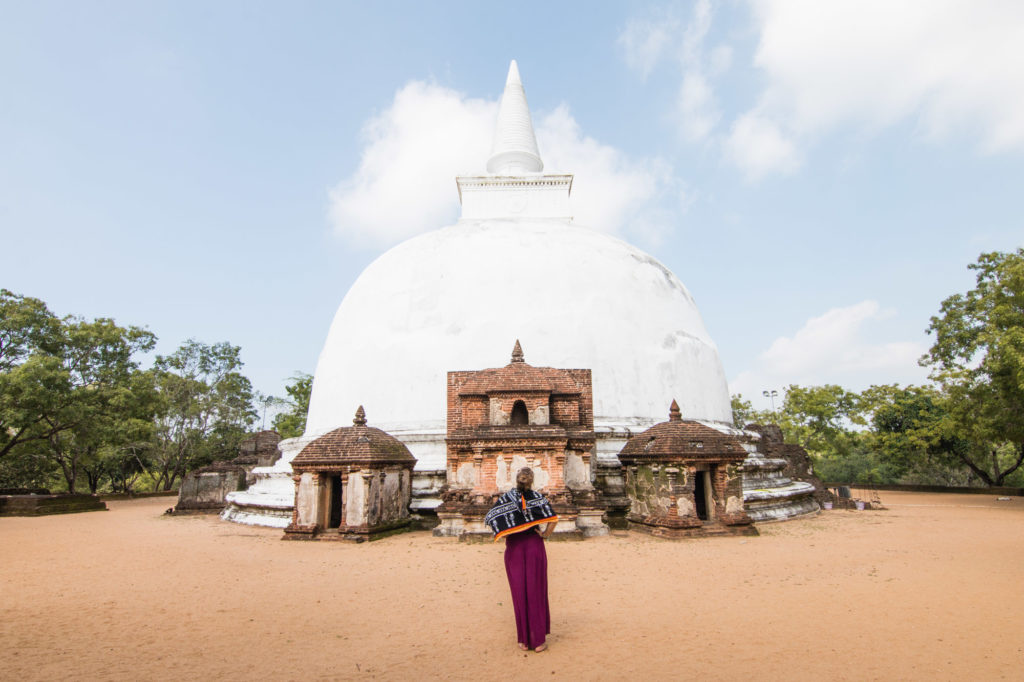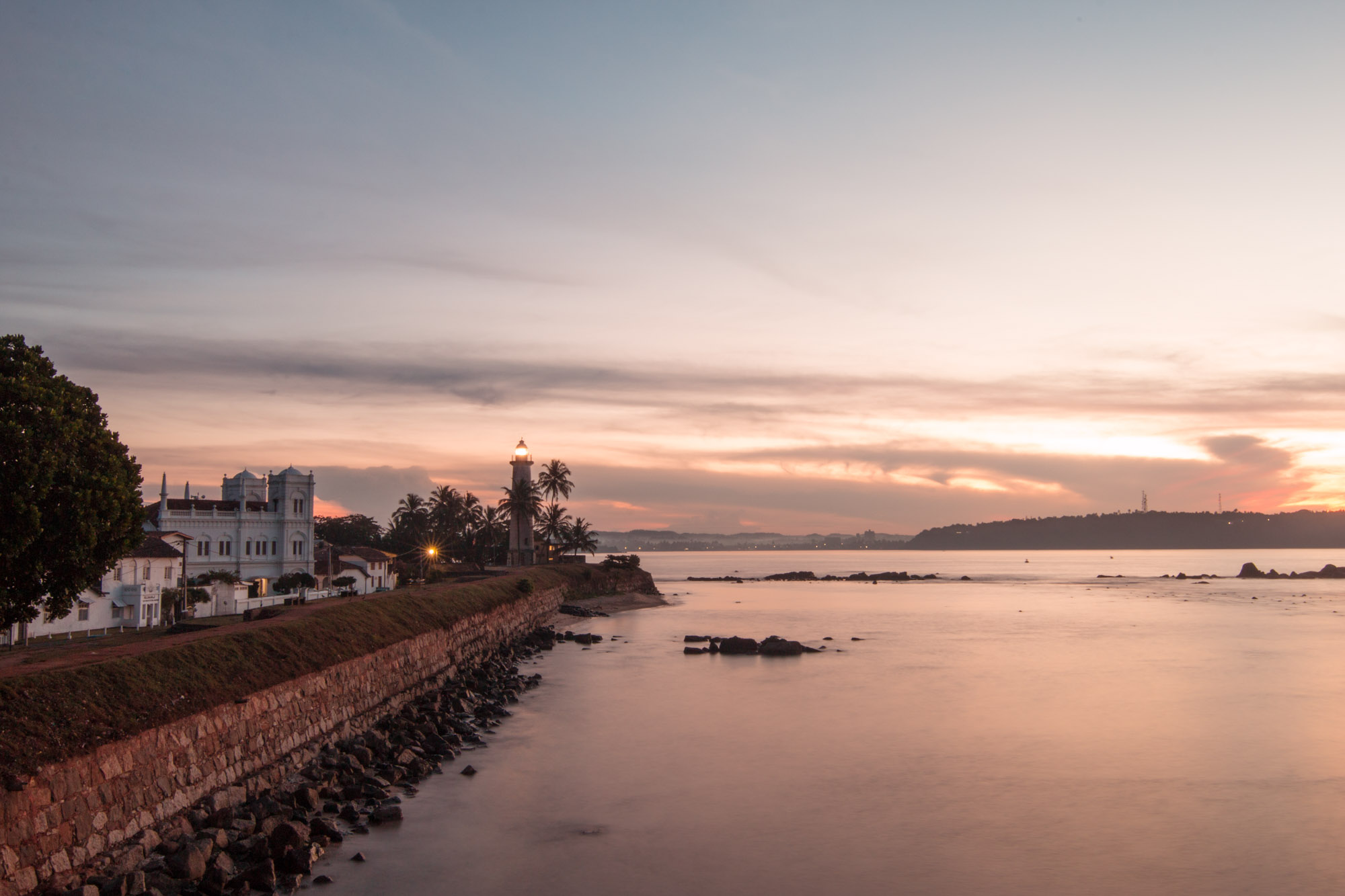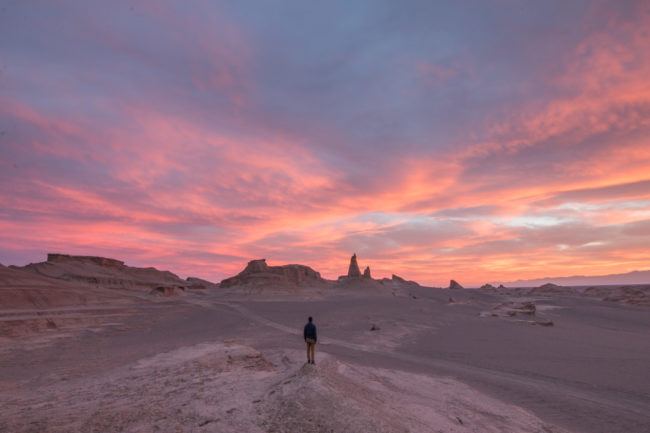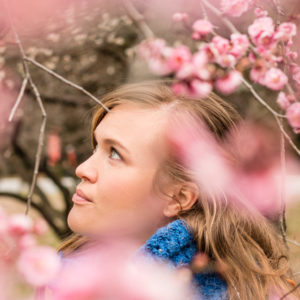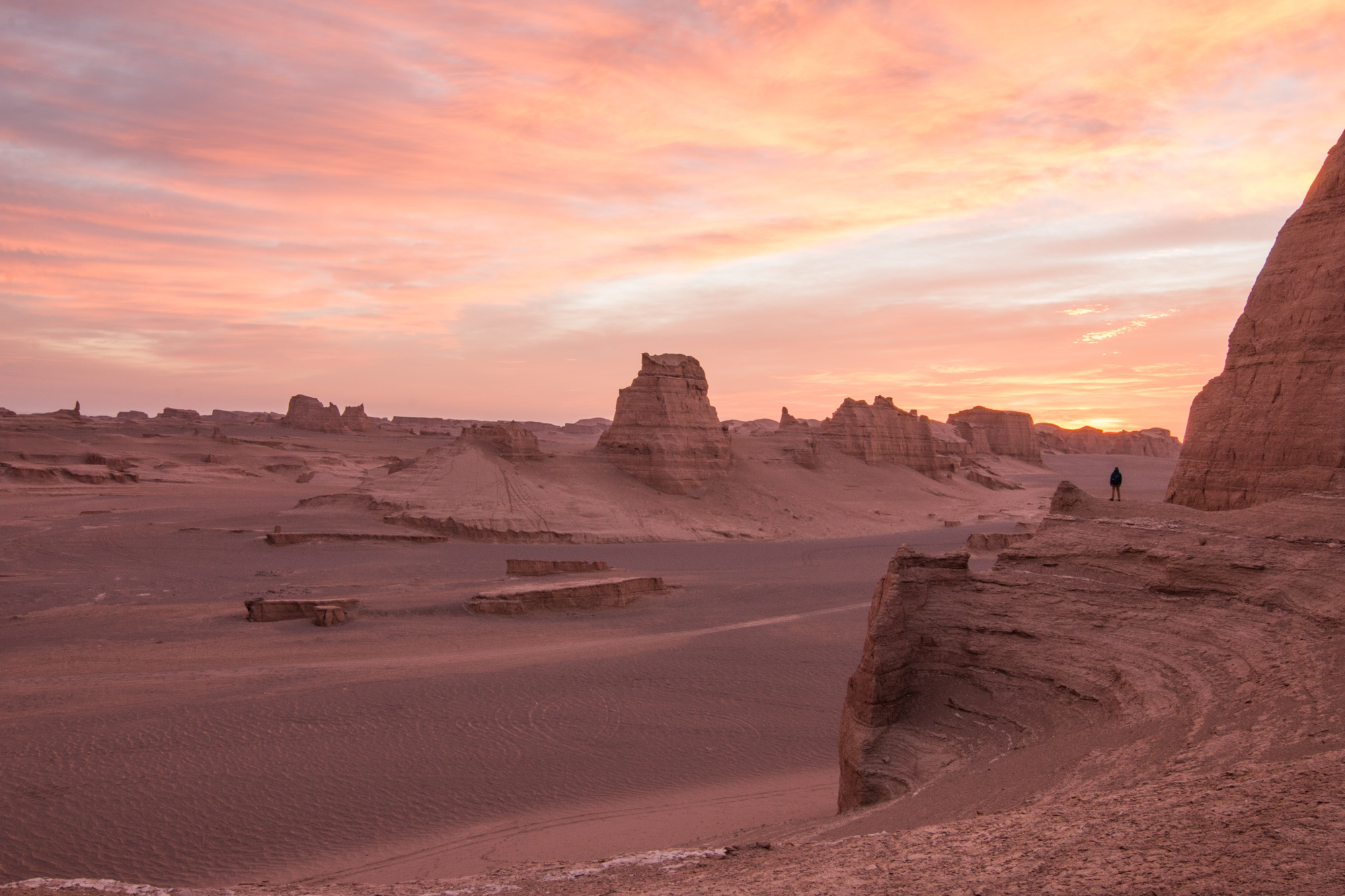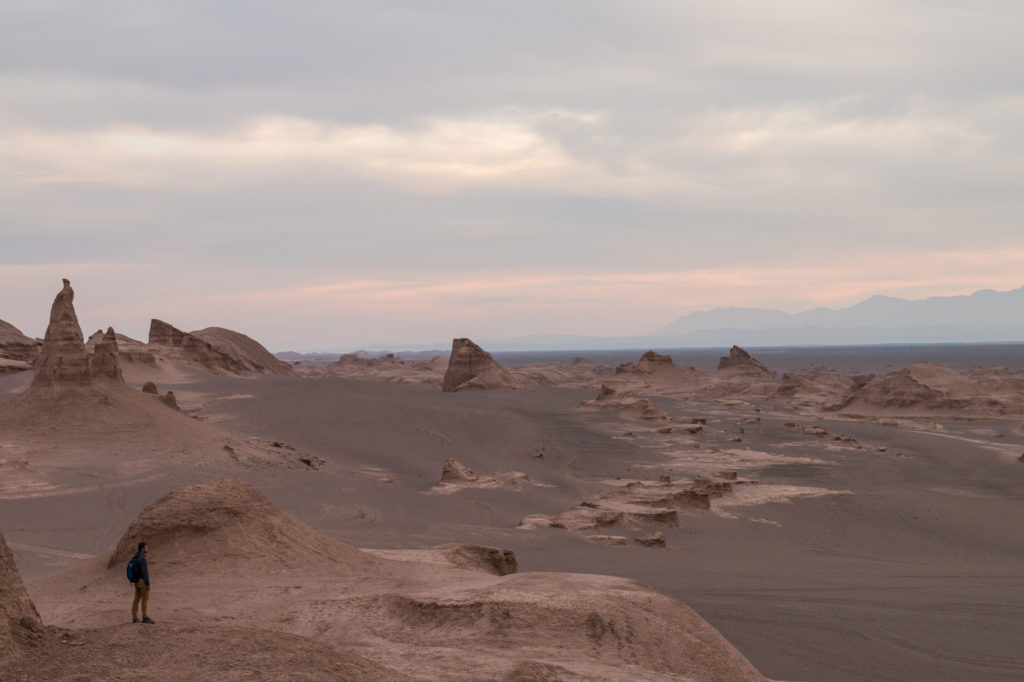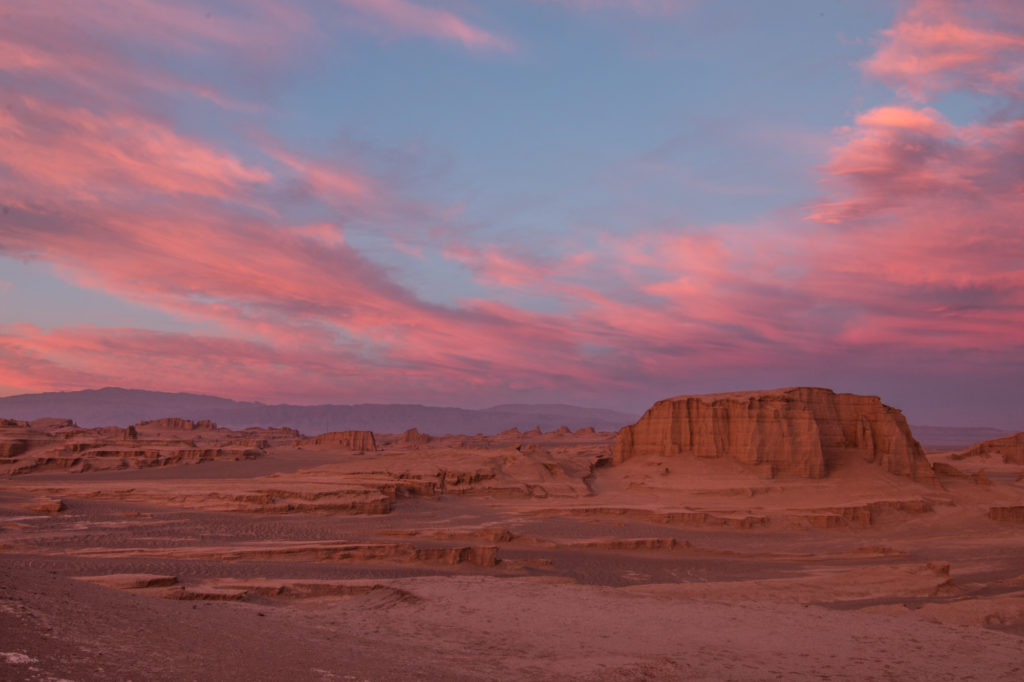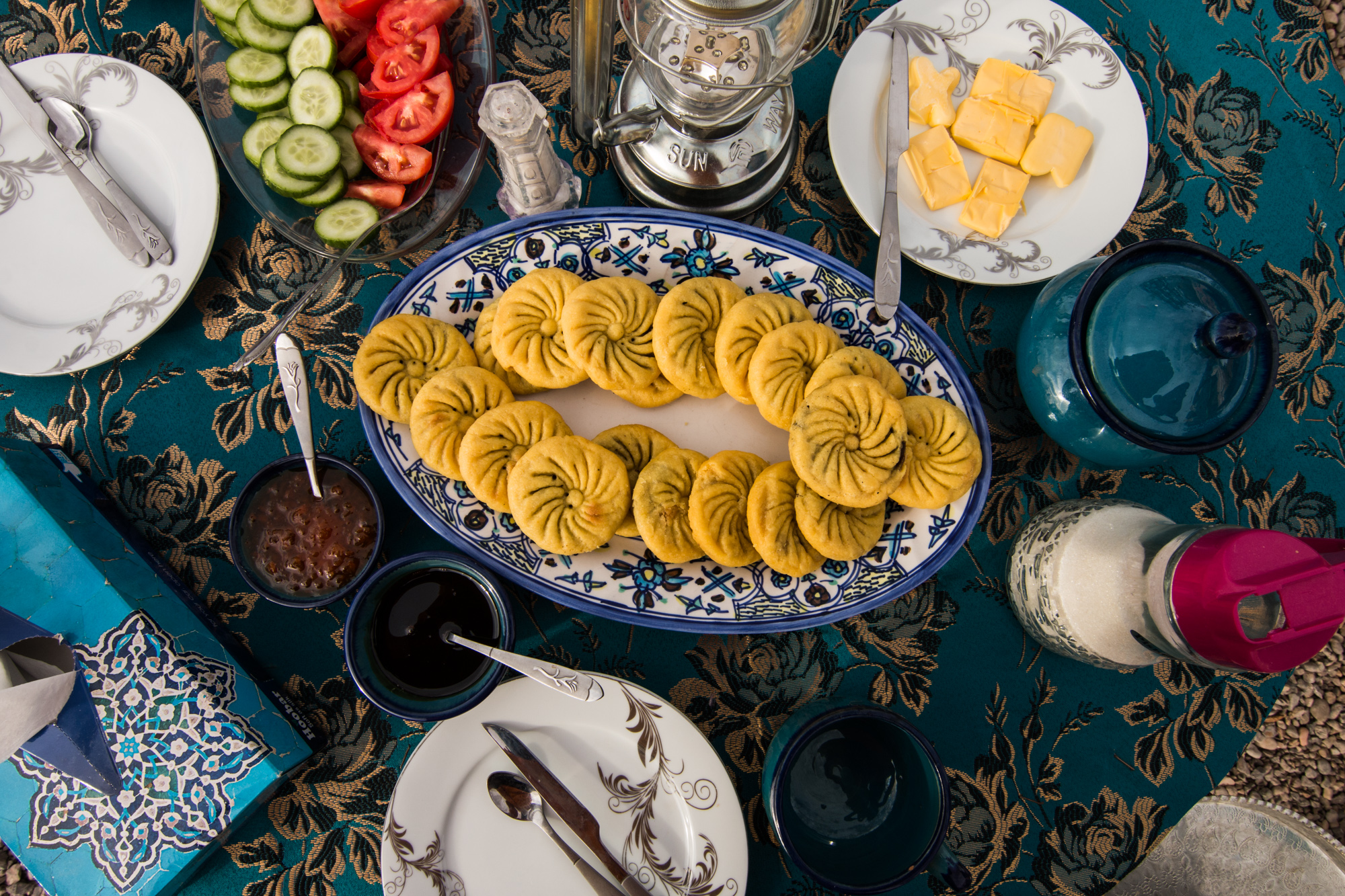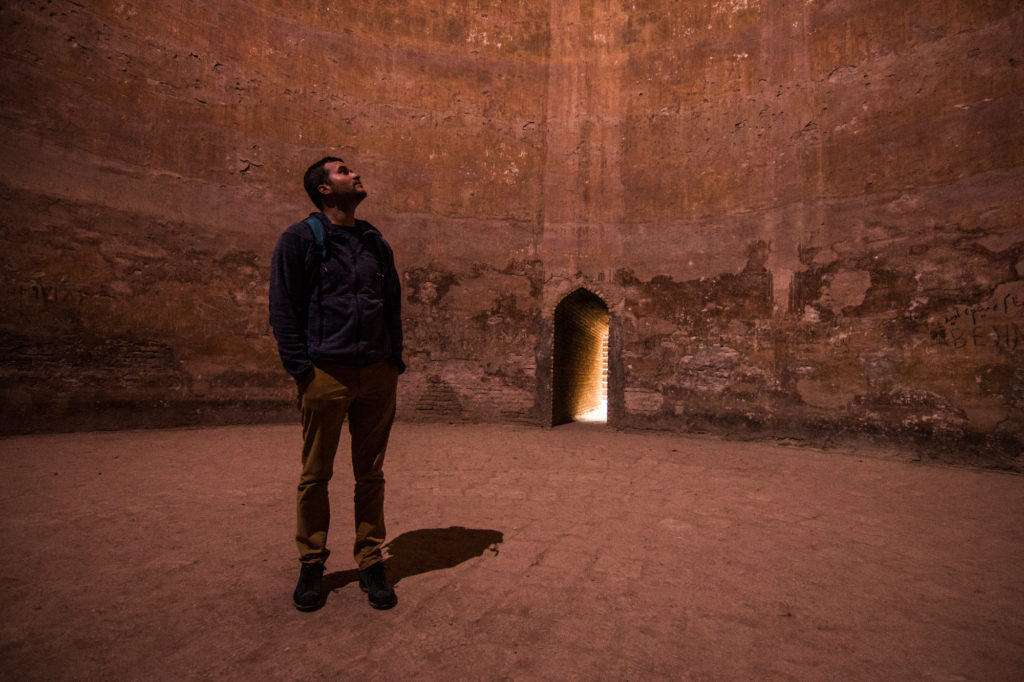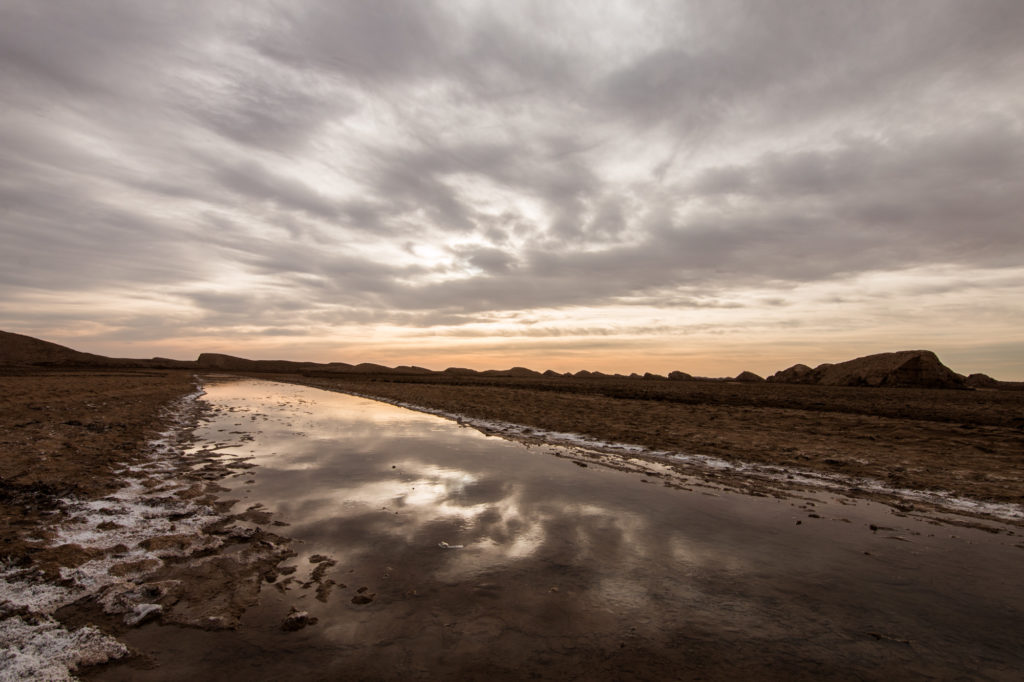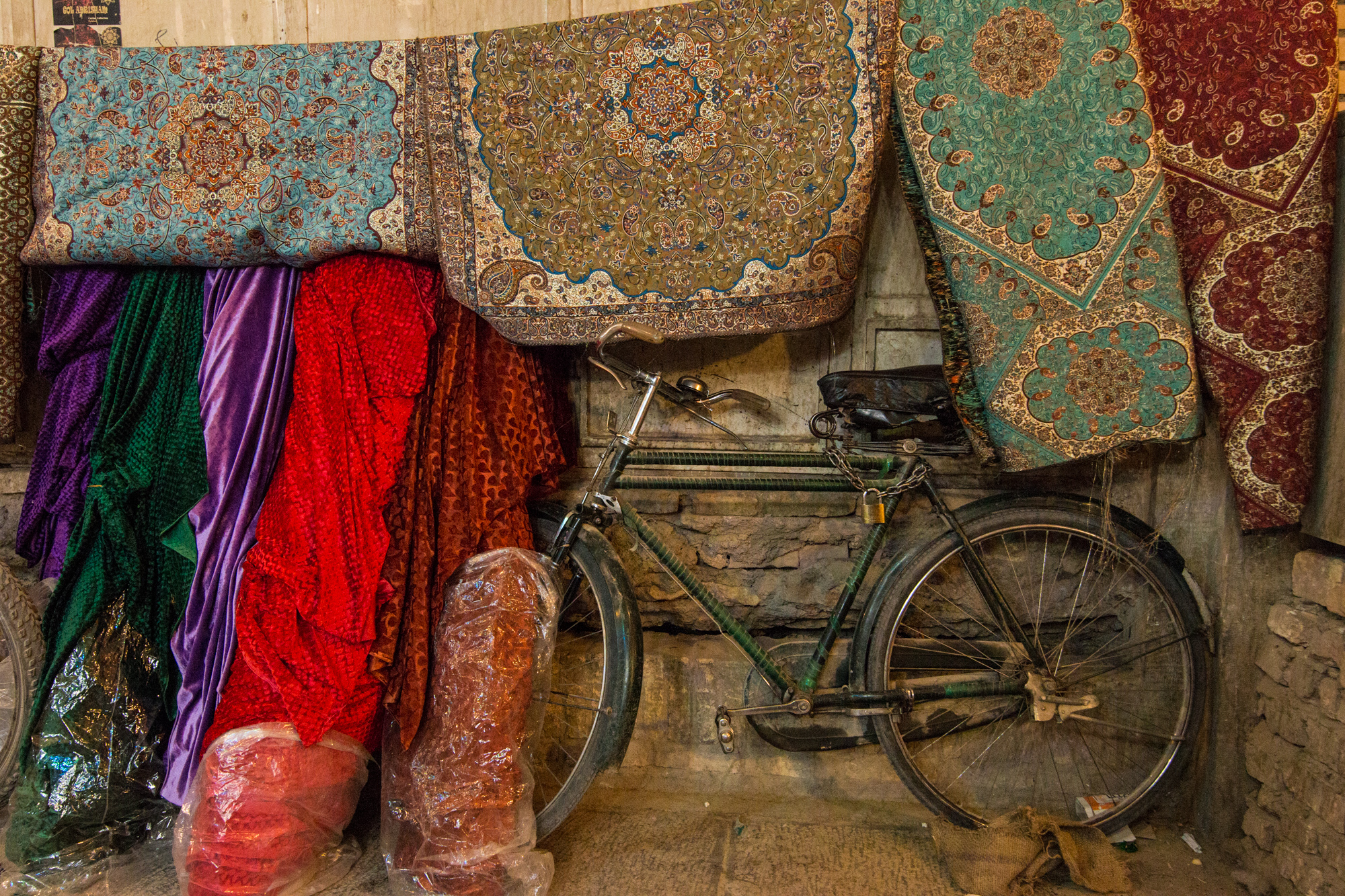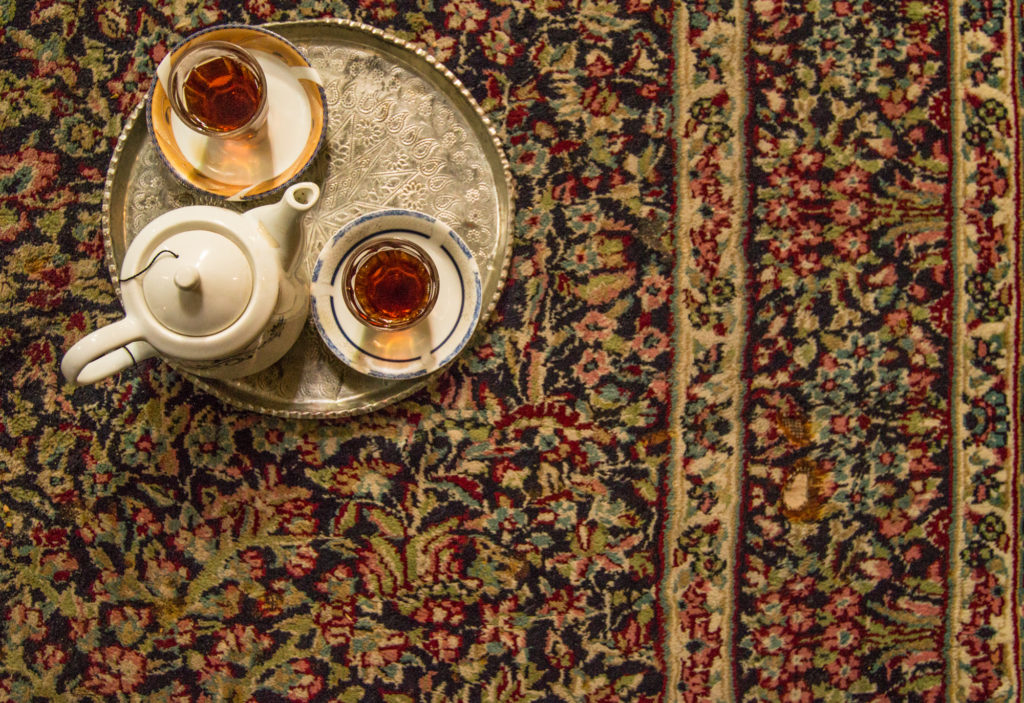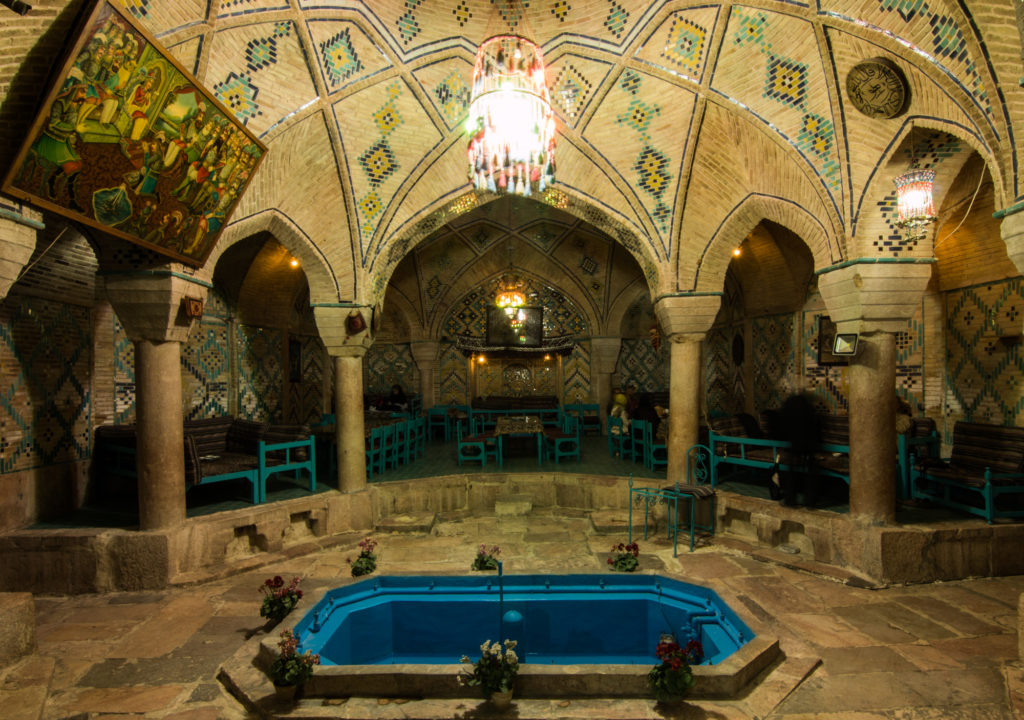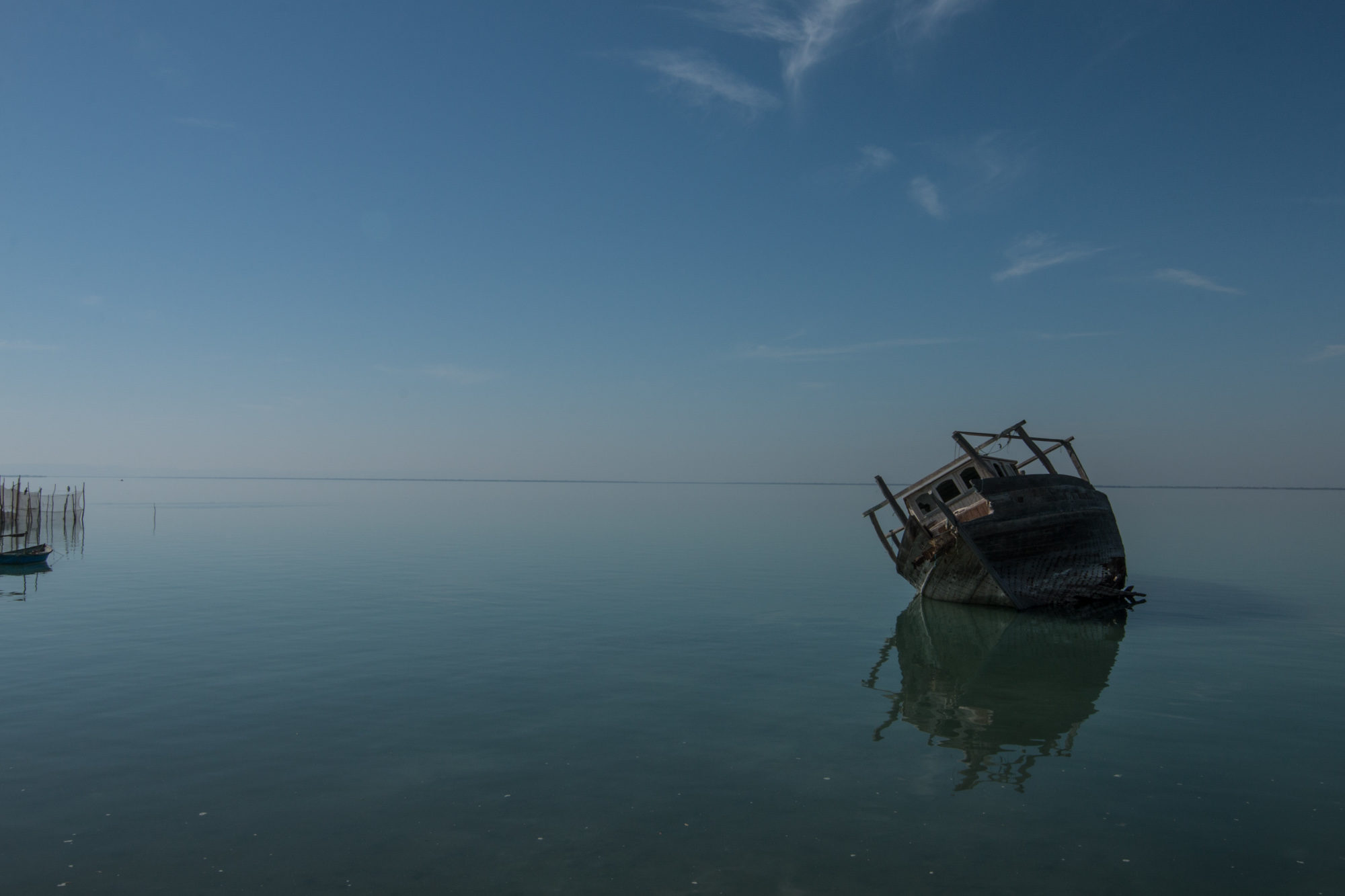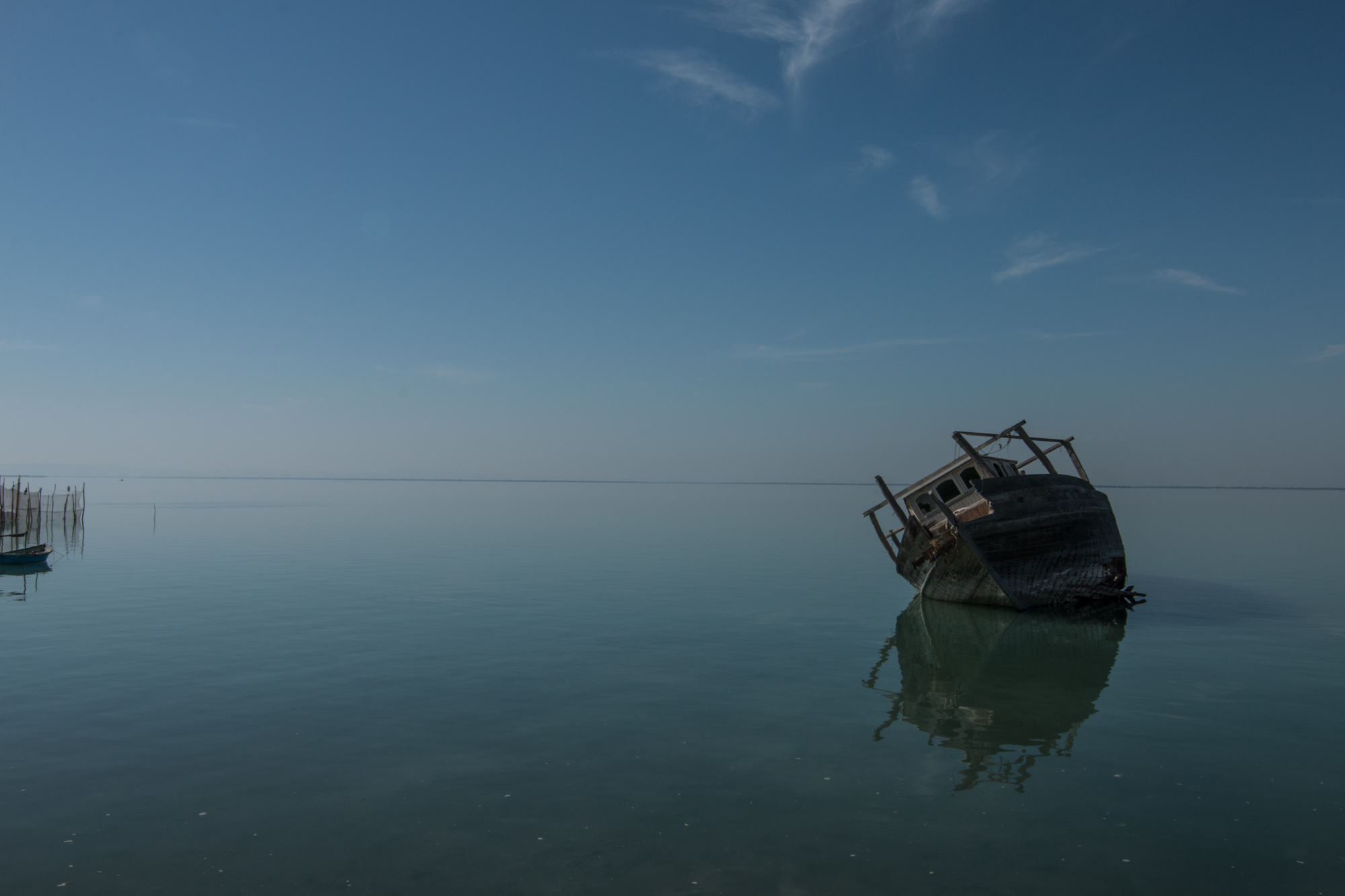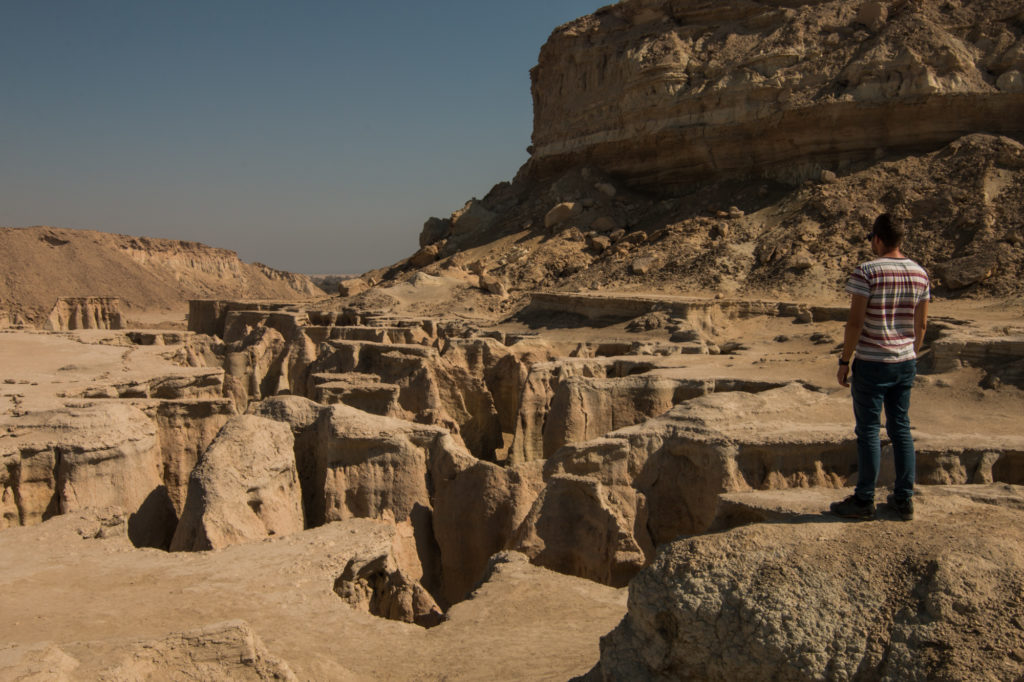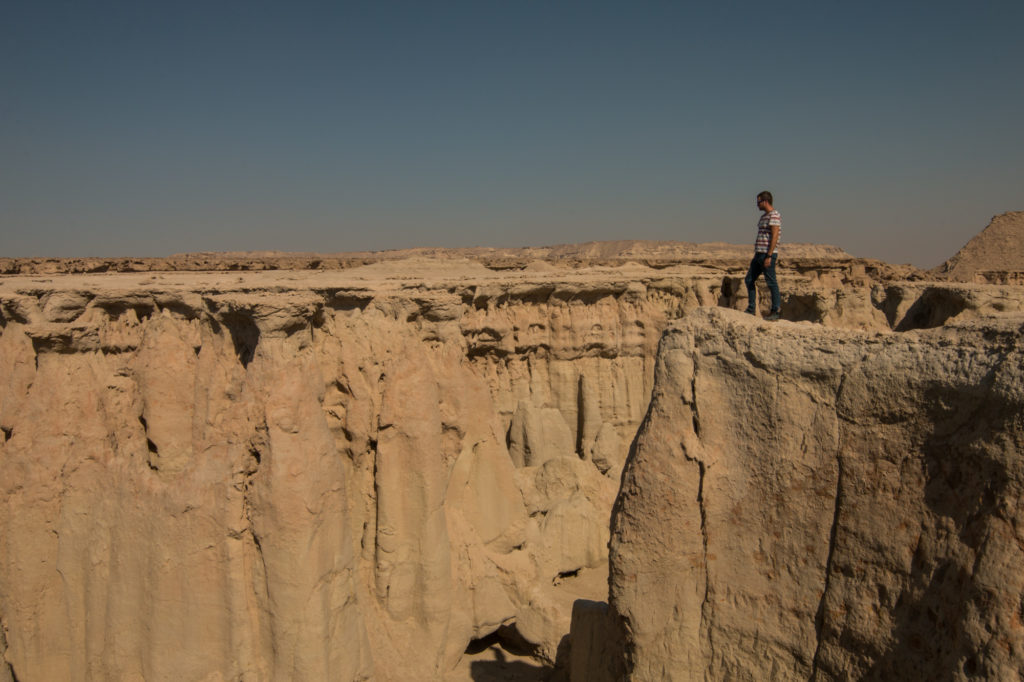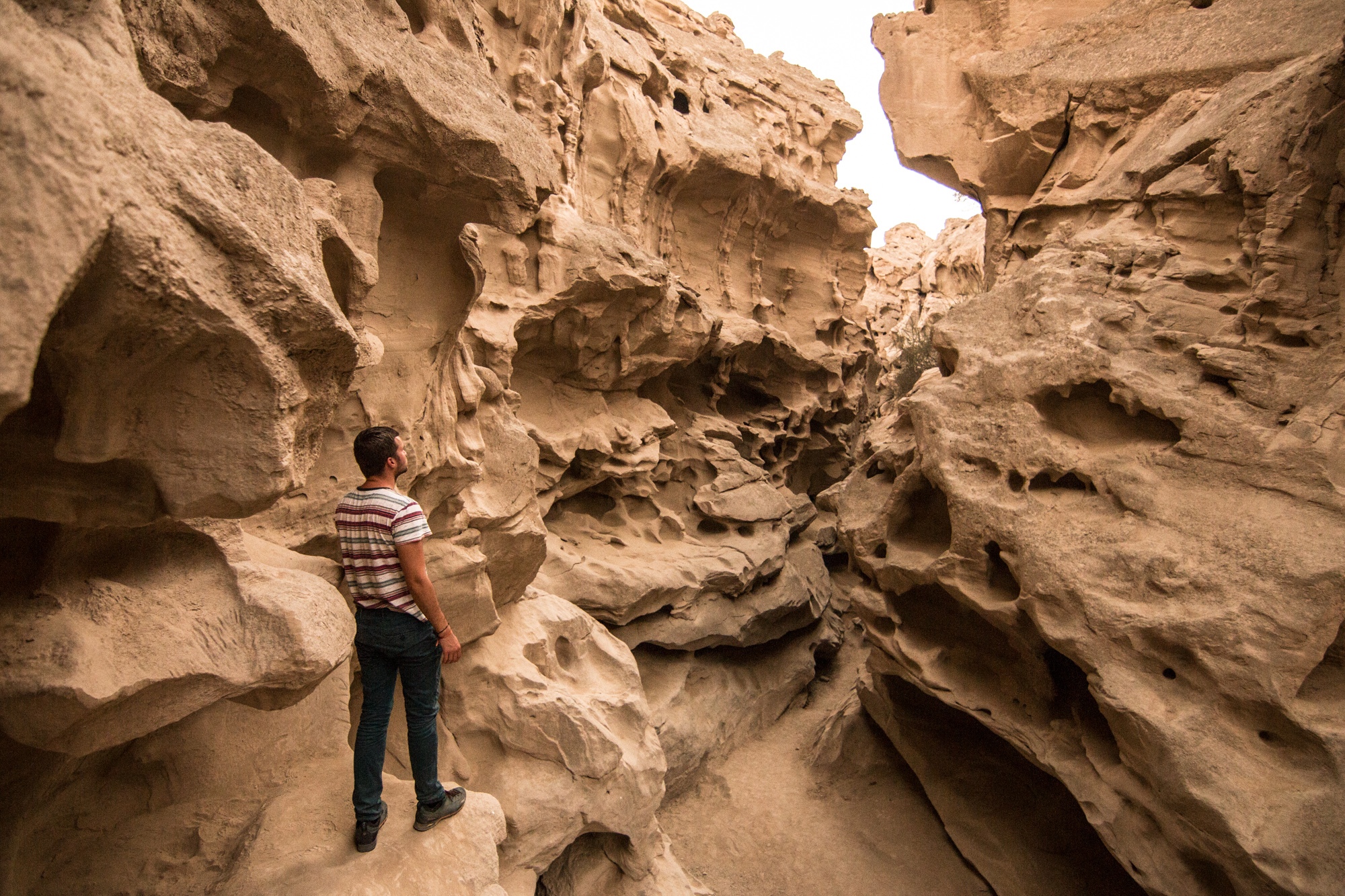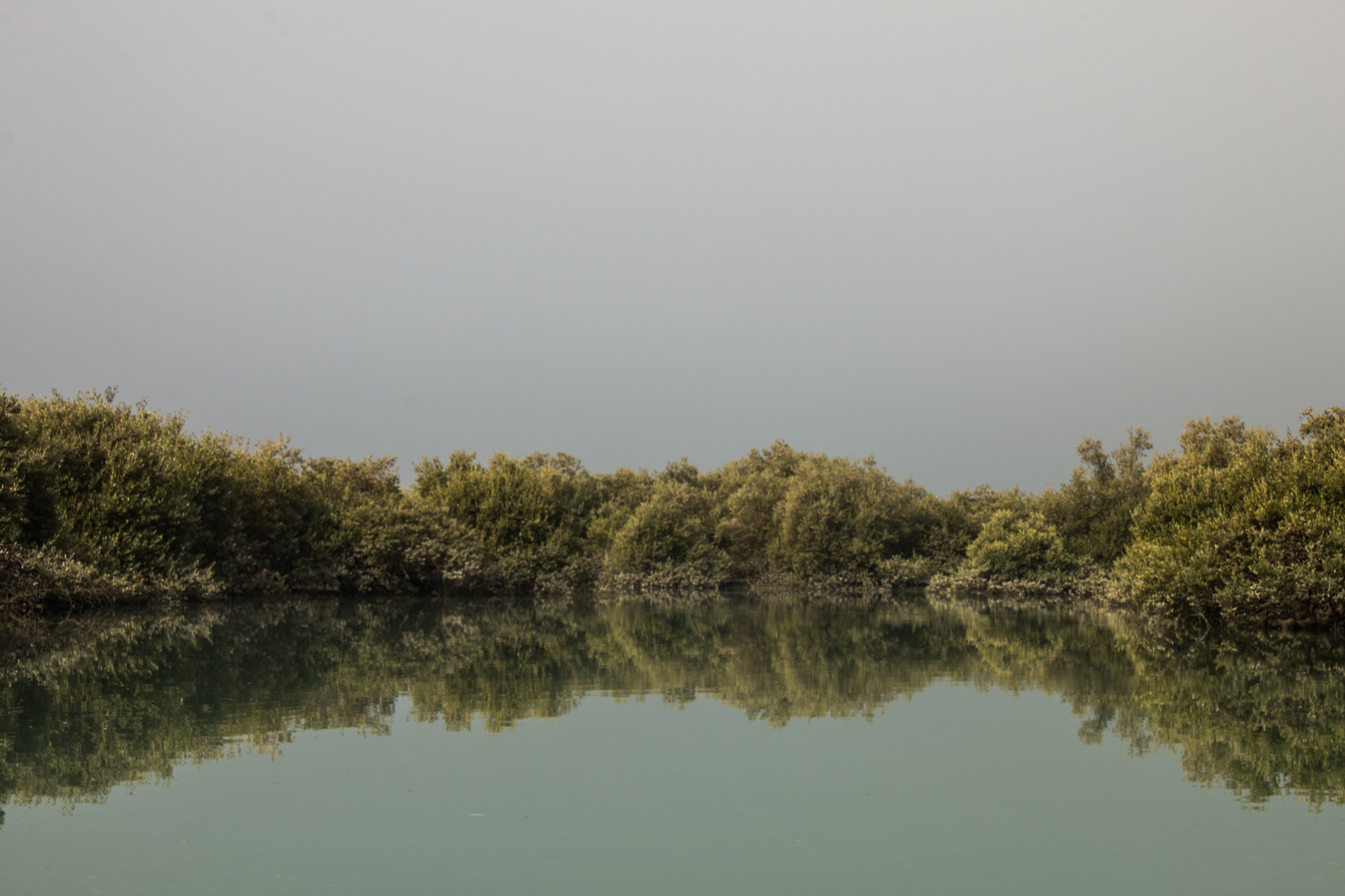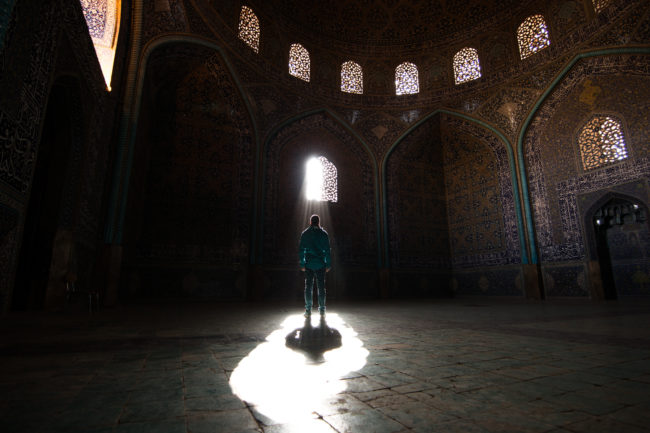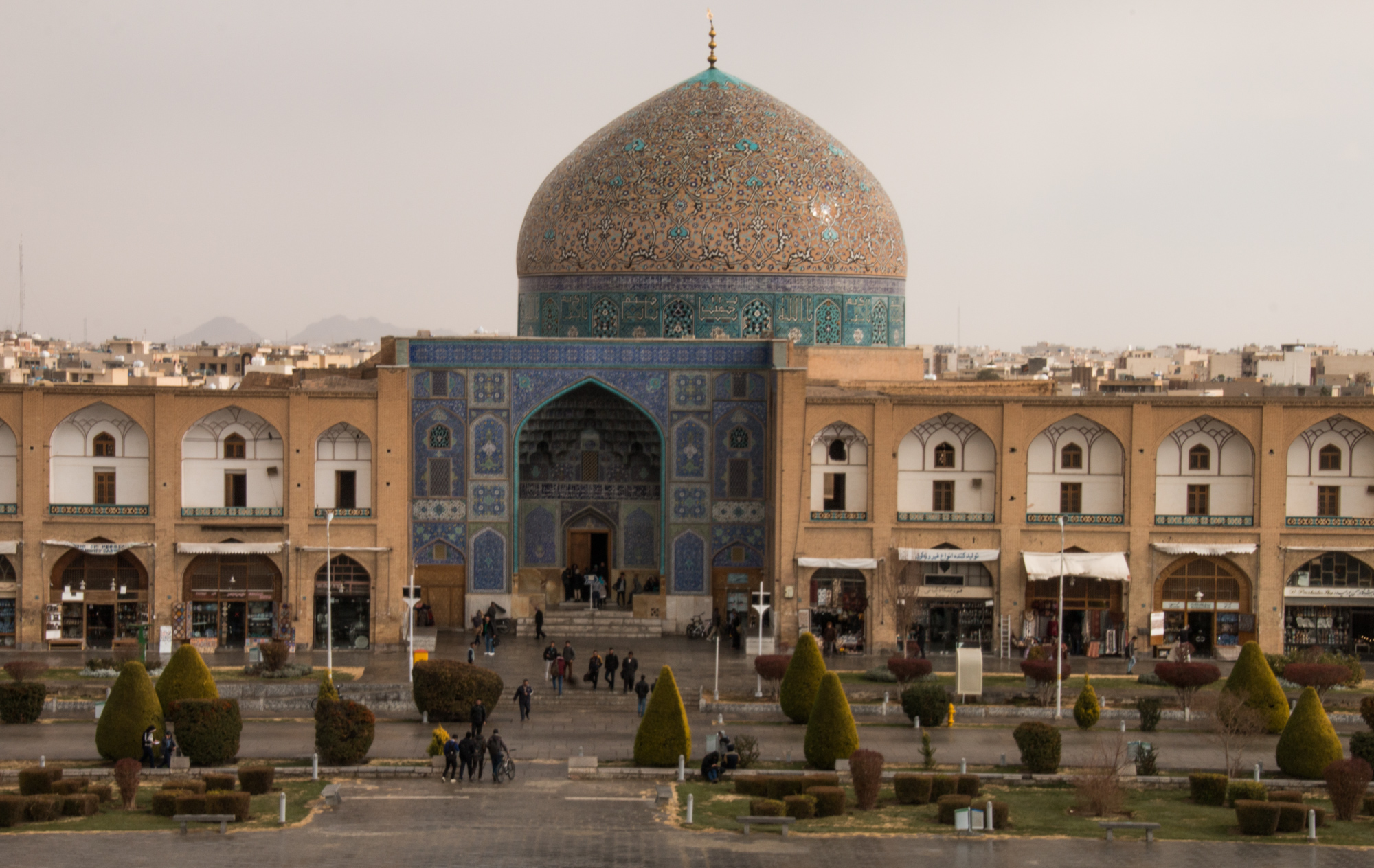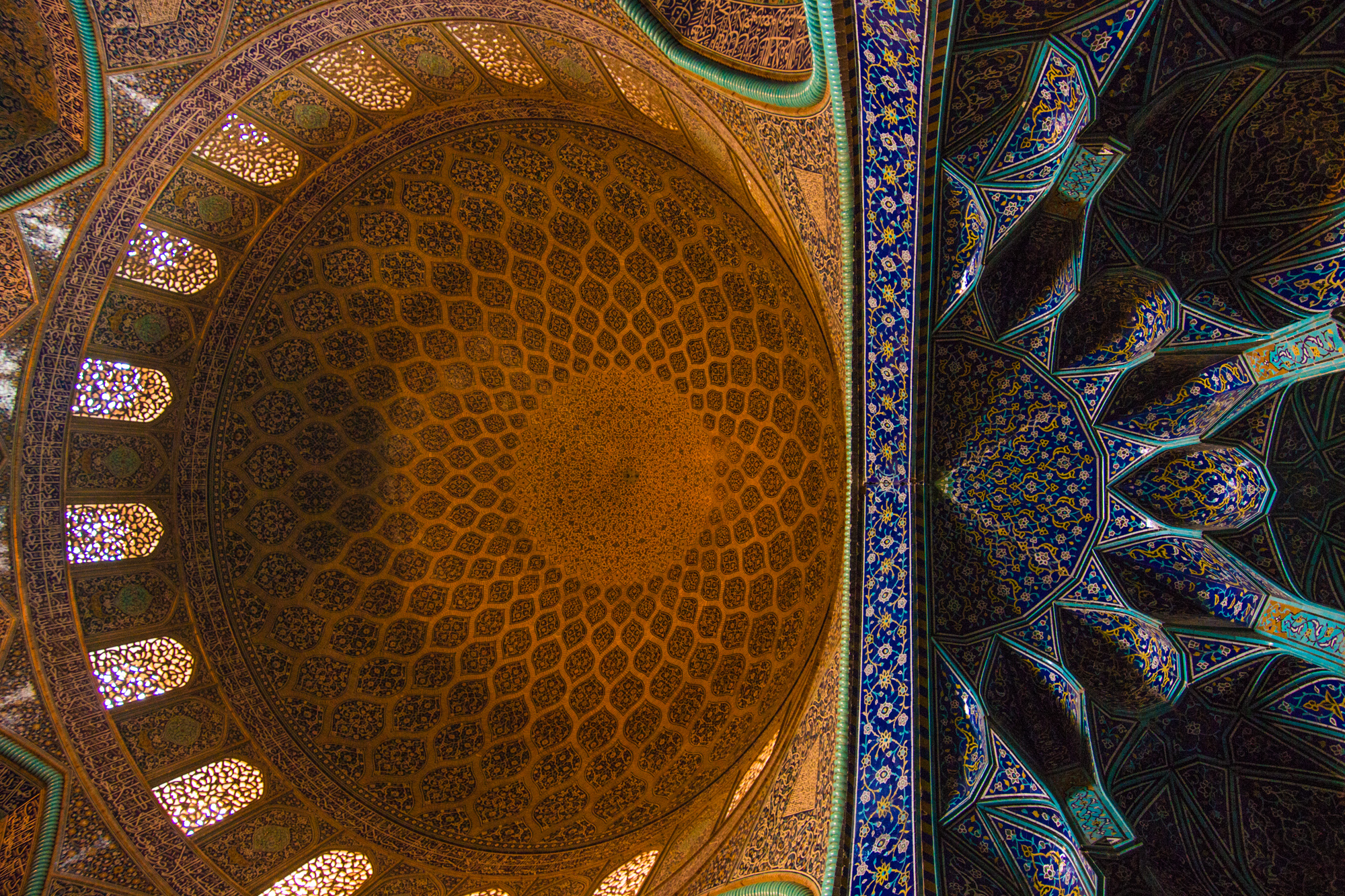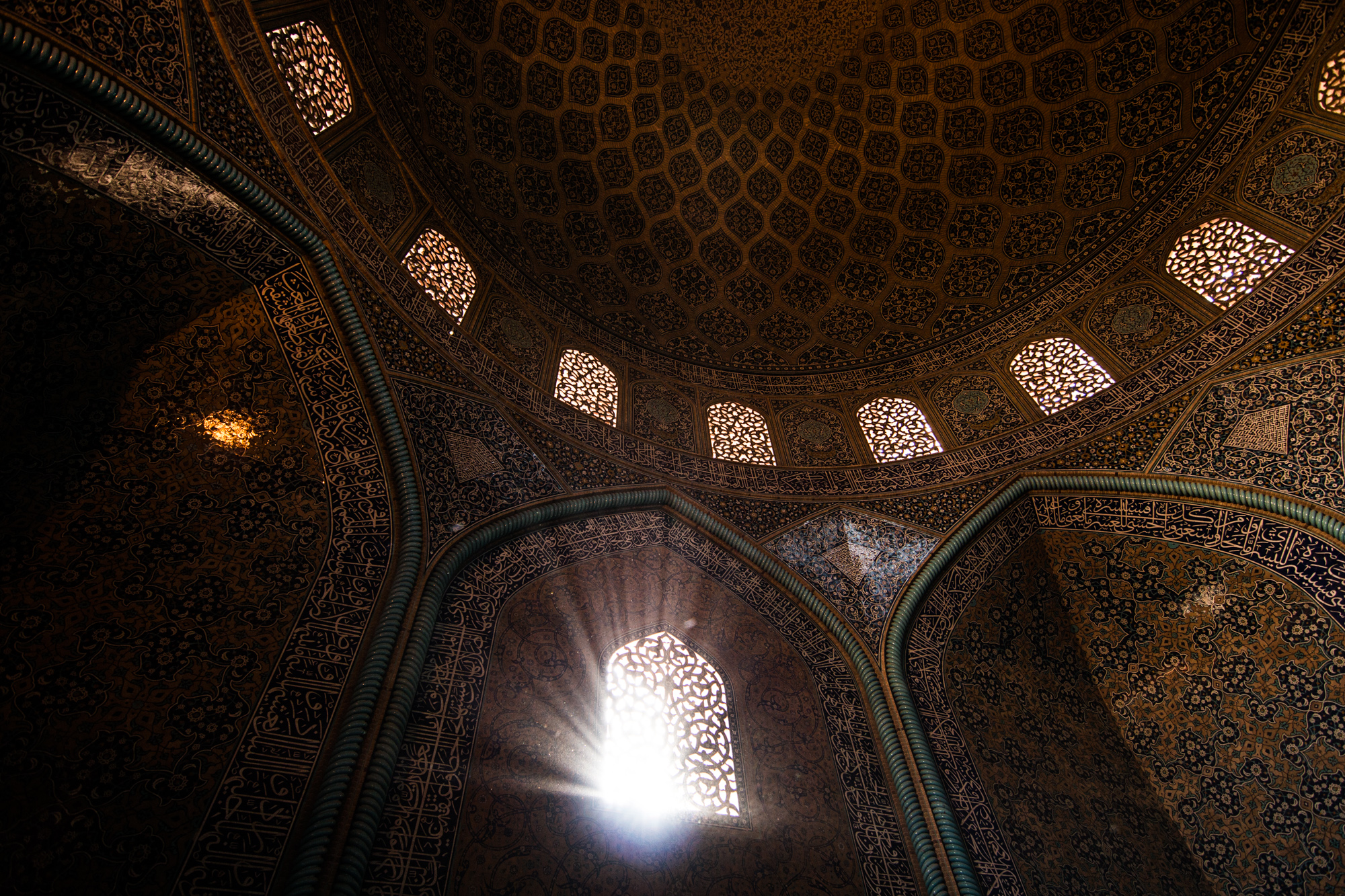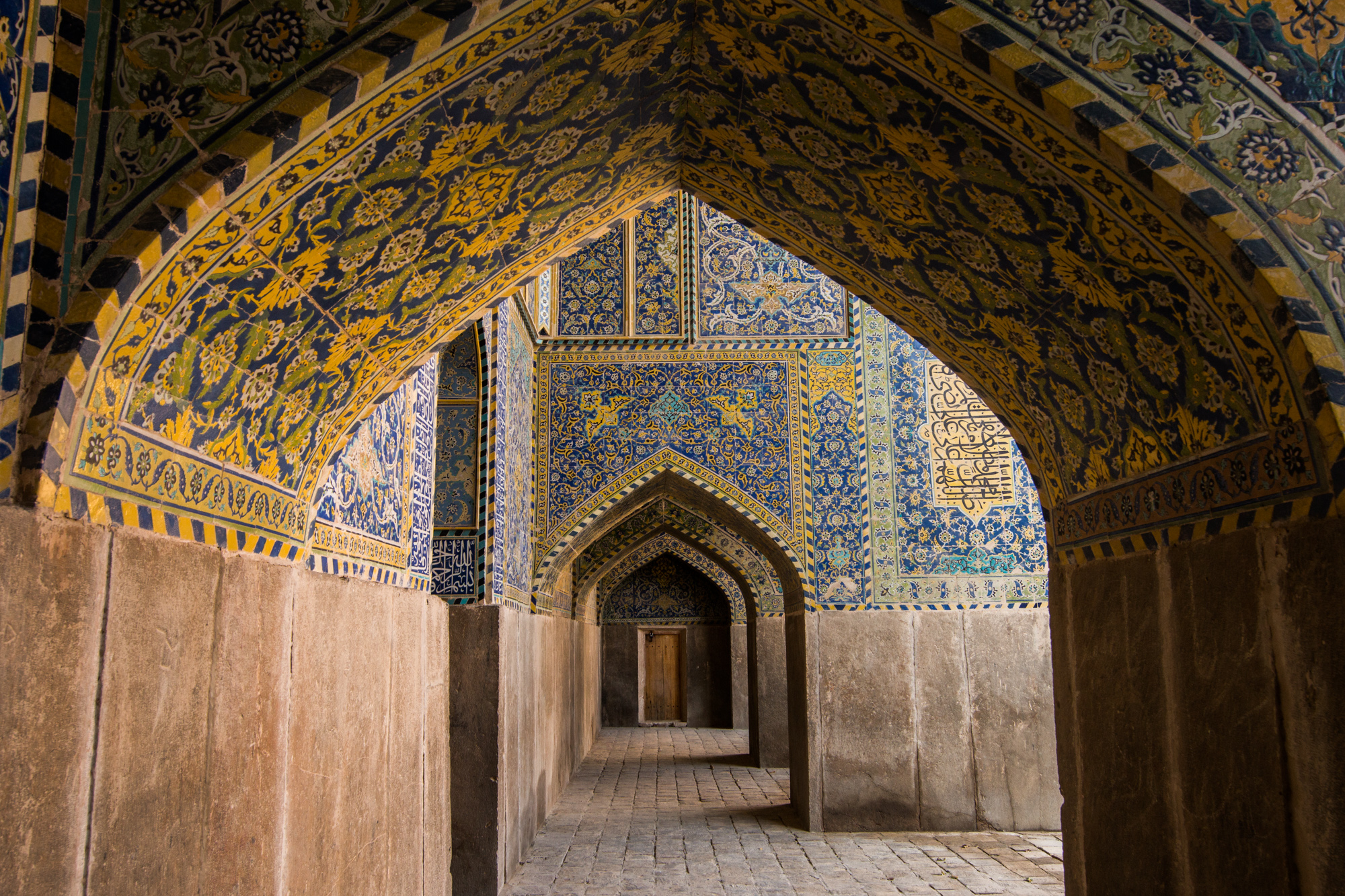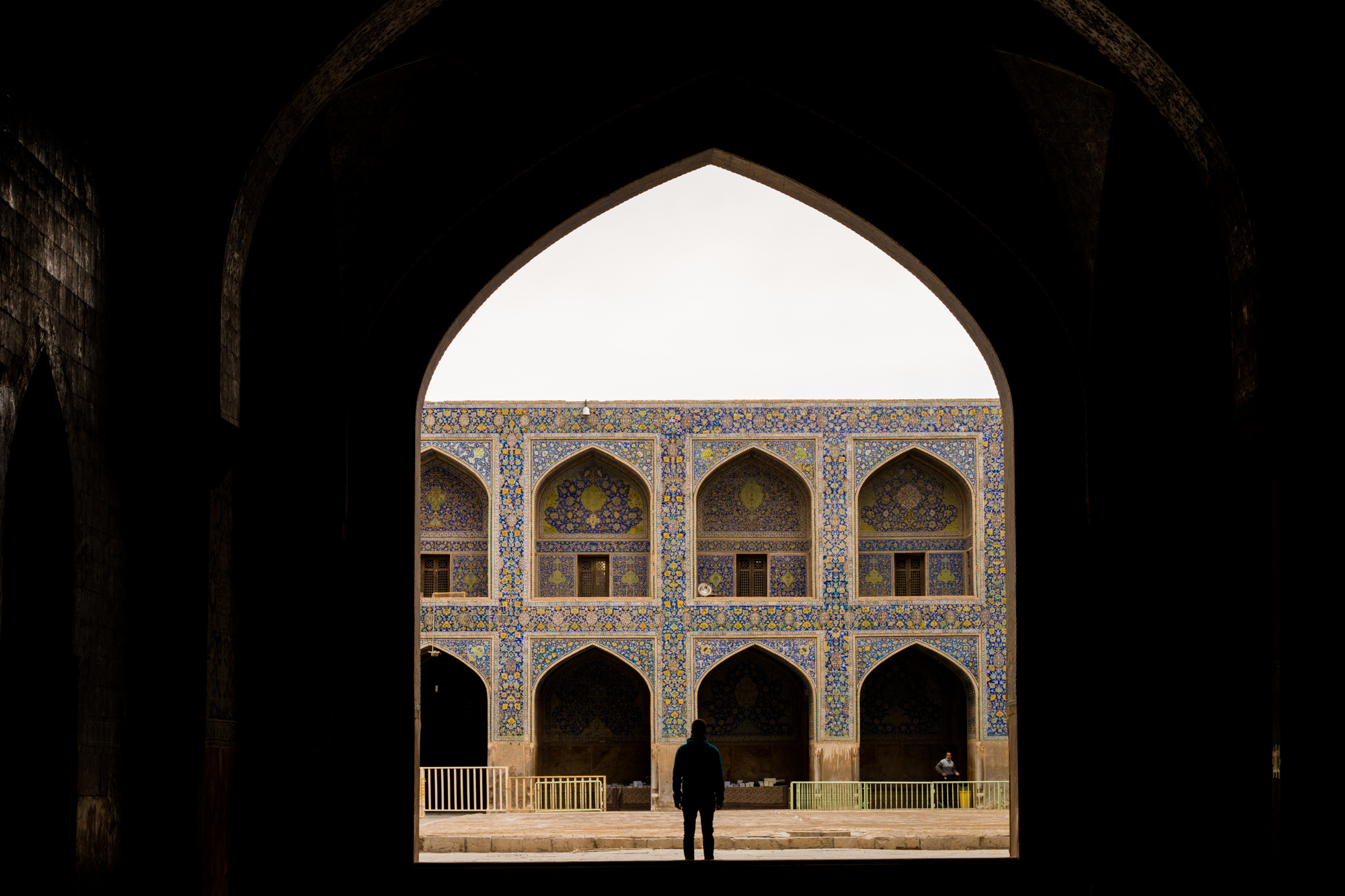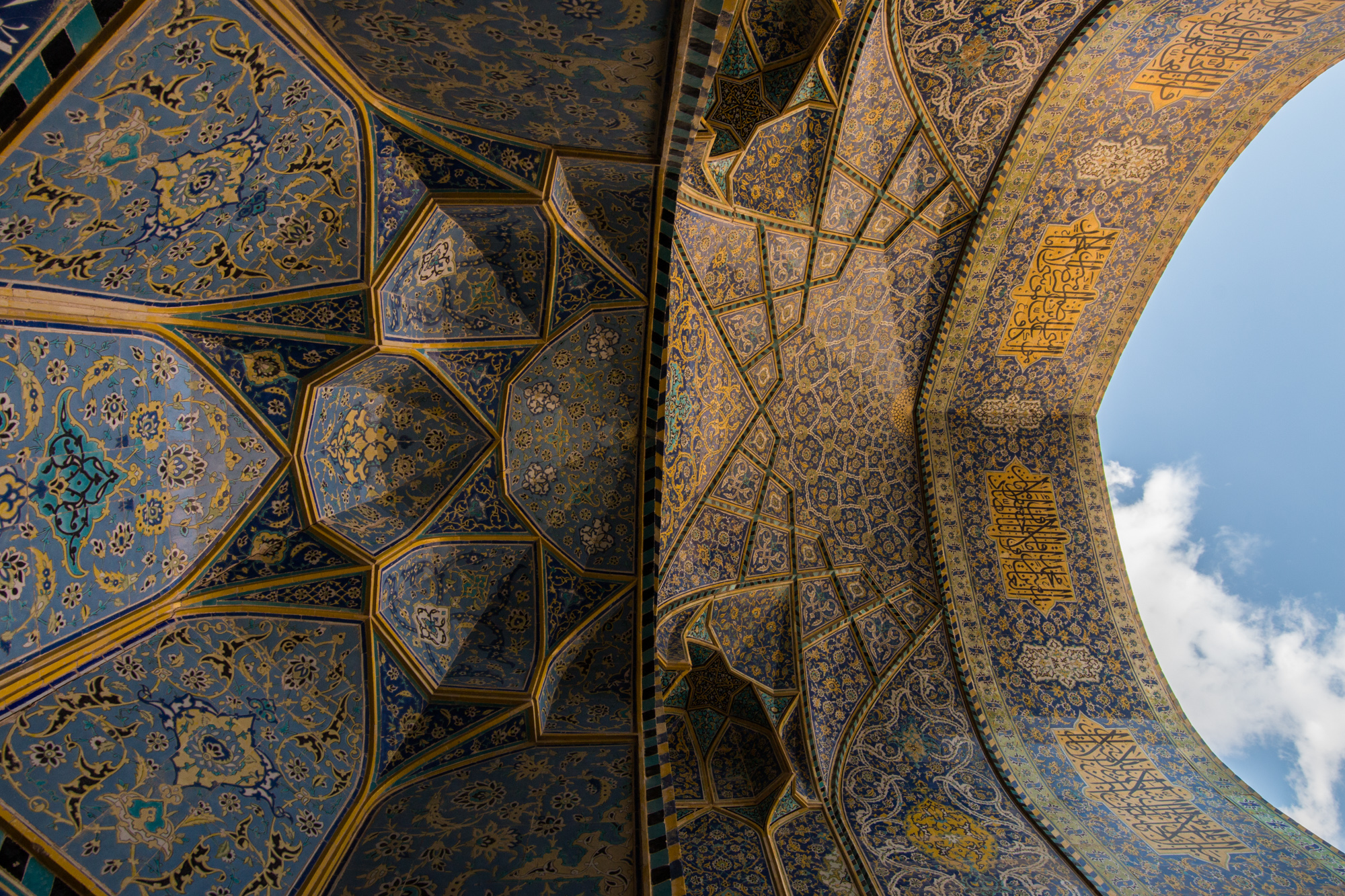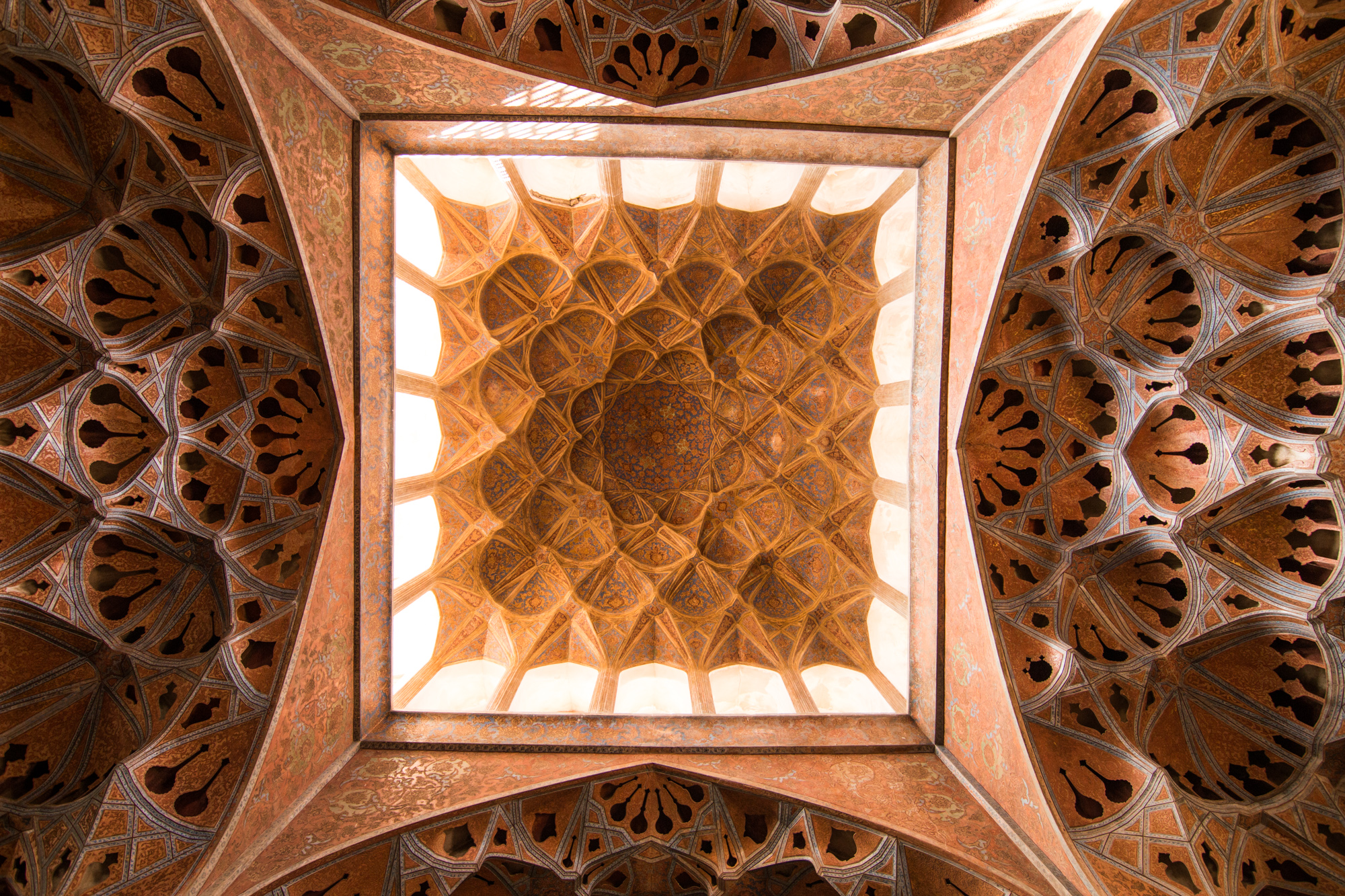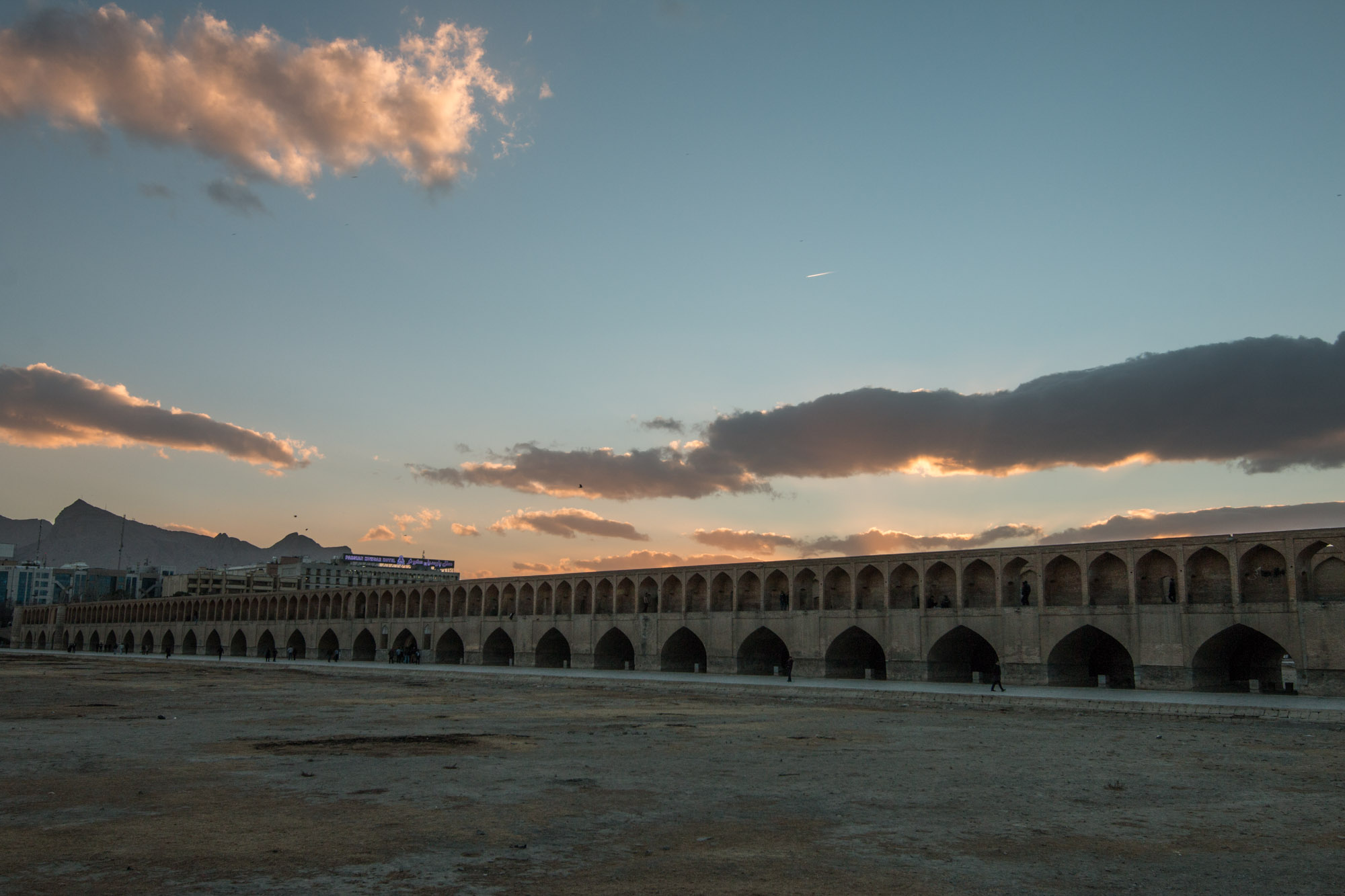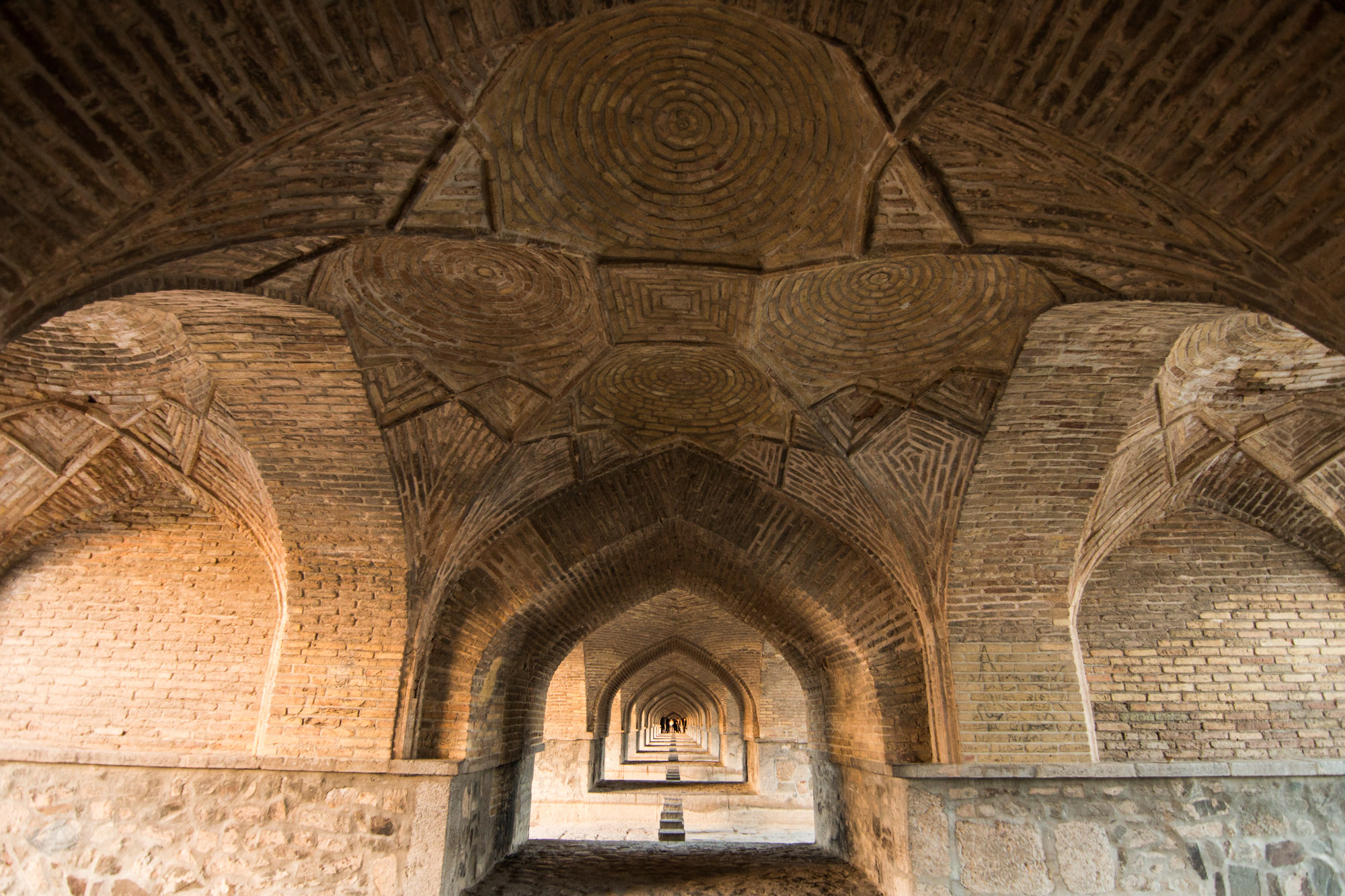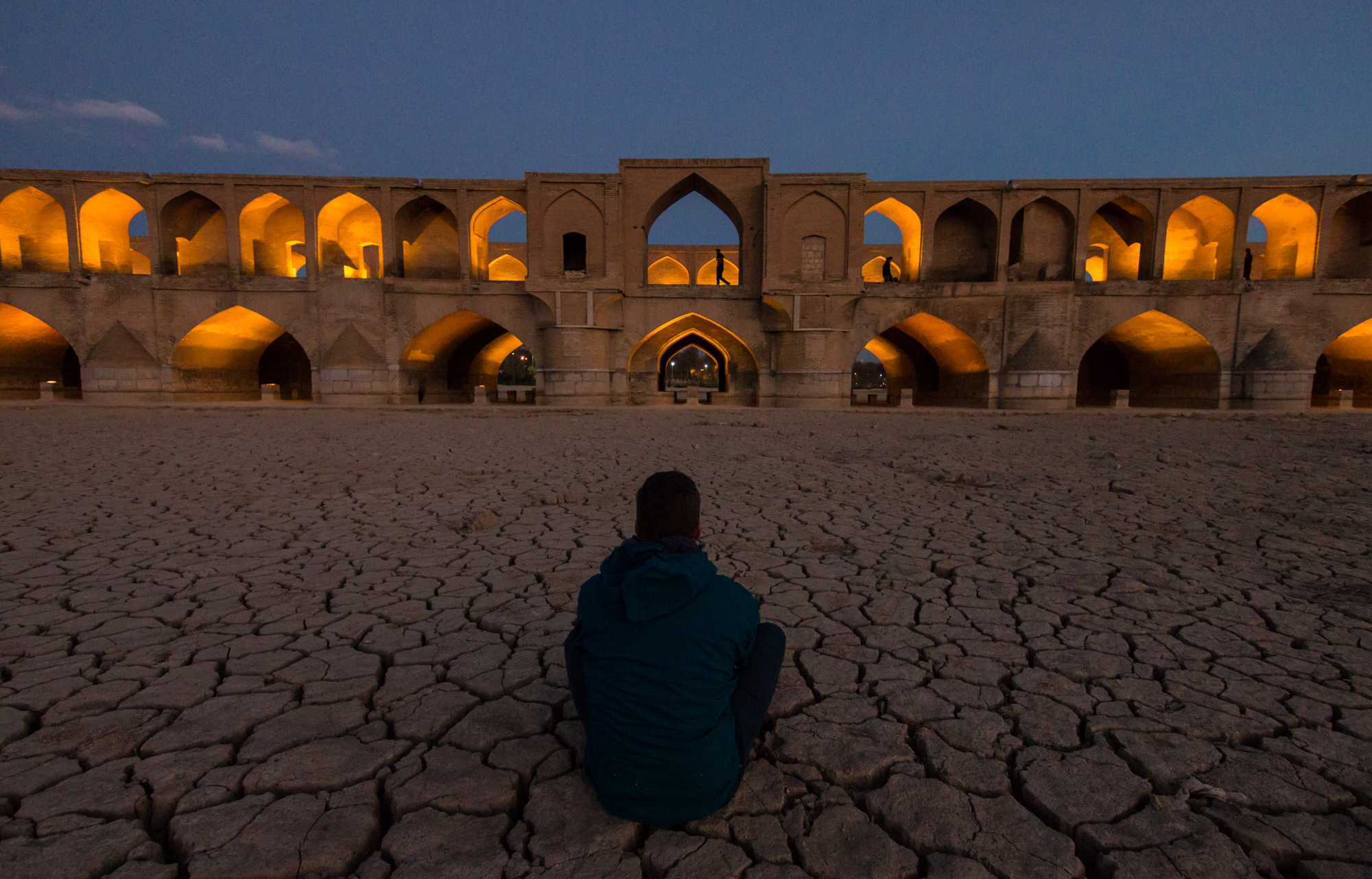Fukuoka was supposed to be our base to see the whole Kyushu Island. We couldn’t find any other place with affordable accommodation on the island and soon it also turned out that we couldn’t afford the trains going deeper in Kyushu either. Fortunately we discovered we wouldn’t be bored in Fukuoka at all.
The city itself doesn’t have good fame. From many we heard it was very industrial and just now it’s starting to do some major changes. For us it was just marvelous. Big, vibrant with lots of people but also no crowds that would kill us. It seemed like a perfect city to live in. Not only does it have small, charming streets full of cafes and restaurants just like Kyoto or Osaka where all the people in suits can hang out after work. But it also has other essential things for the Japanese: lots of shops. Japan could easily be the France of Asia. People care about their look here. So much that even with just a few degrees above 0 most ladies already walk around in sandals and short skirts. Beauty hurts… No wonder that in every major metropolis there are commercial centers and shopping streets. Fukuoka is no different. The Hakata Mall is like a little city with hundreds of shops and restaurants. For us It was a nice stop for free wifi and a little fountain show on the main square.
Just a stroll away from the beating heart of the city we spotted an oasis. Calm, green park and in the middle of it ACROS, an International Hall with tourist information and terraced gardens raising to the very top of the building where there is a viewing terrace. Great example of where the modern architecture should be heading.
Fukuoka is really a green city full of parks and the biggest one is just in the middle of the city. Ohori Park was perfect to go for a walk far from the crowds or just rest on one of the benches looking at the lake. But it was also fun to watch how the locals used the park. Except for the obvious running, walking and chilling out, people were using it also as a beauty salon for their dogs, trimming their hair to prepare for warmer, spring days.
As much as we loved Ohori Park, we couldn’t spot any flowers in there. But we have learnt that shrines are the best spots to do that. All the shrines starting from the famous Kushida Shrine were pleasantly quiet and free of charge. Here we started seeing the first cherry blossom. It turns out that there are variations that blossom earlier, even in February. Except for those we started spotting magnolias and other flowers everywhere. Spring was coming!
In Fukuoka we finally managed to taste matcha, powdered green tea so famous in Japan. We tried it everywhere we went in a variety of dishes but never as tea. In most of the places it was an expensive treat but in Rakusuien Garden we finally managed to enjoy a cup of matcha with some traditional sweets for a bargain of 300 yen (3 dollars). A treat especially considering that we got our very own private, little tatami room with views on the small garden. Unforgettable experience definitely recommendable for everyone coming to this part of Japan.
There might be plenty of restaurants and cafes but it’s the ramen stalls by the river that everyone is waiting for every single night. Yatai as they are called, are really small pop up restaurants that can seat maybe up to 10 people. They are famous for grilled goodies and very thin ramen noodles usually served in a yummy broth. Since the dishes are pretty cheap for Japanese standards the idea is to eat fast and leave 🙂 We were slowly working our way through the bowl of soup with our chopsticks while our fellow eaters were swallowing the food with the speed of light and the sound of an anime character. Slurping was the essential signal to show appreciation for the taste. We are still working on our abilities in that area. It doesn’t help that we were not allowed to slurp for most of our lives.
